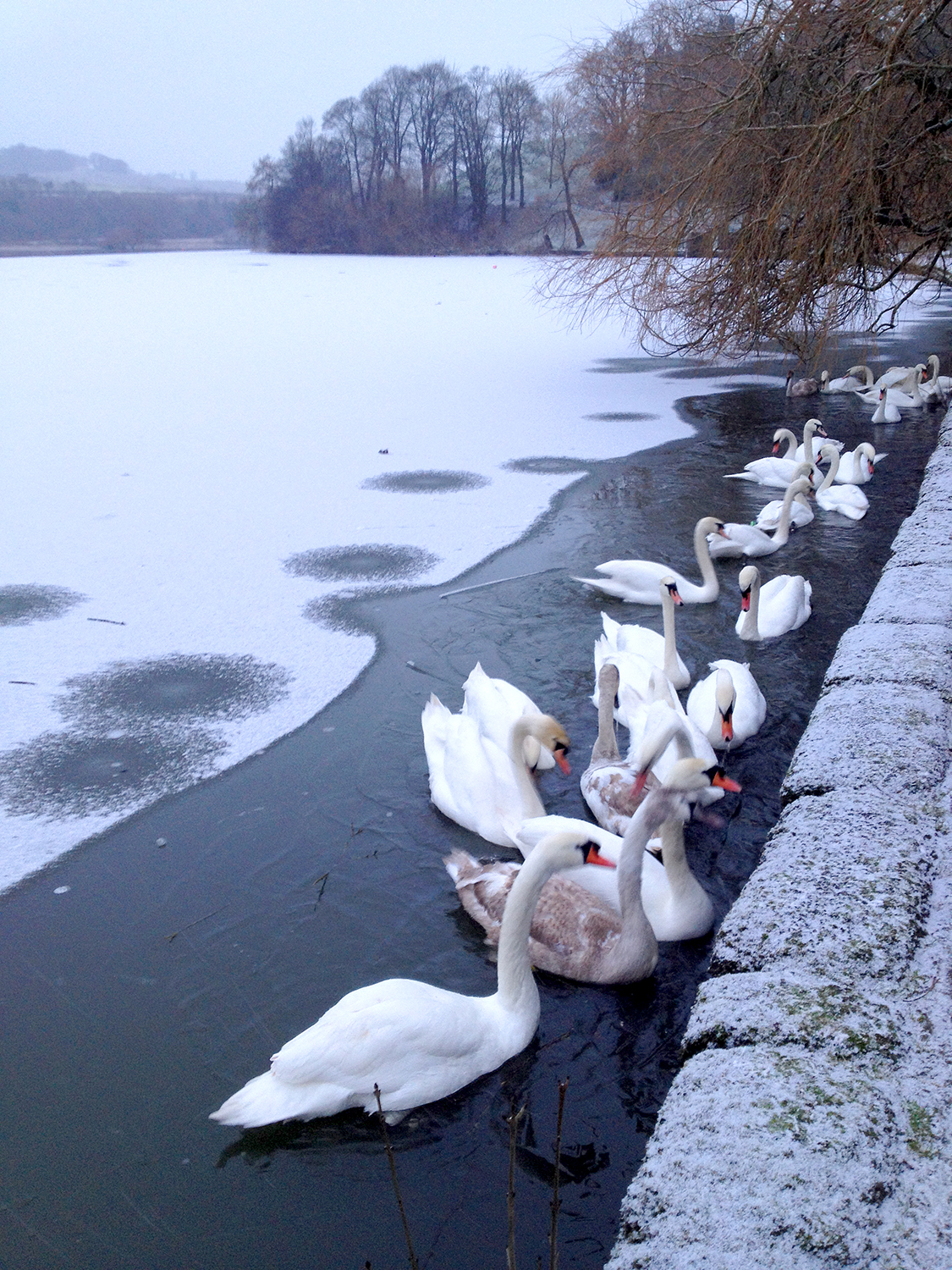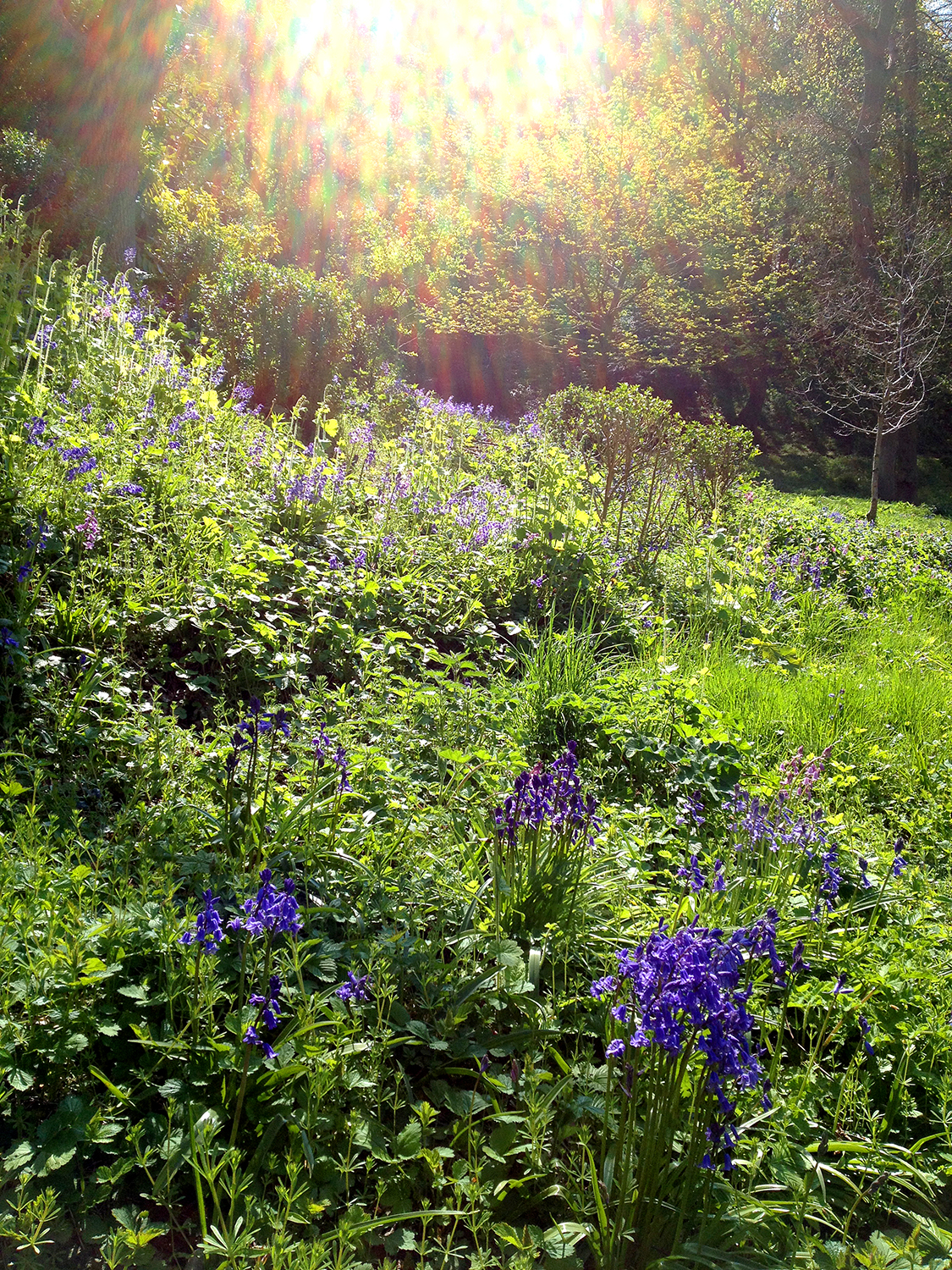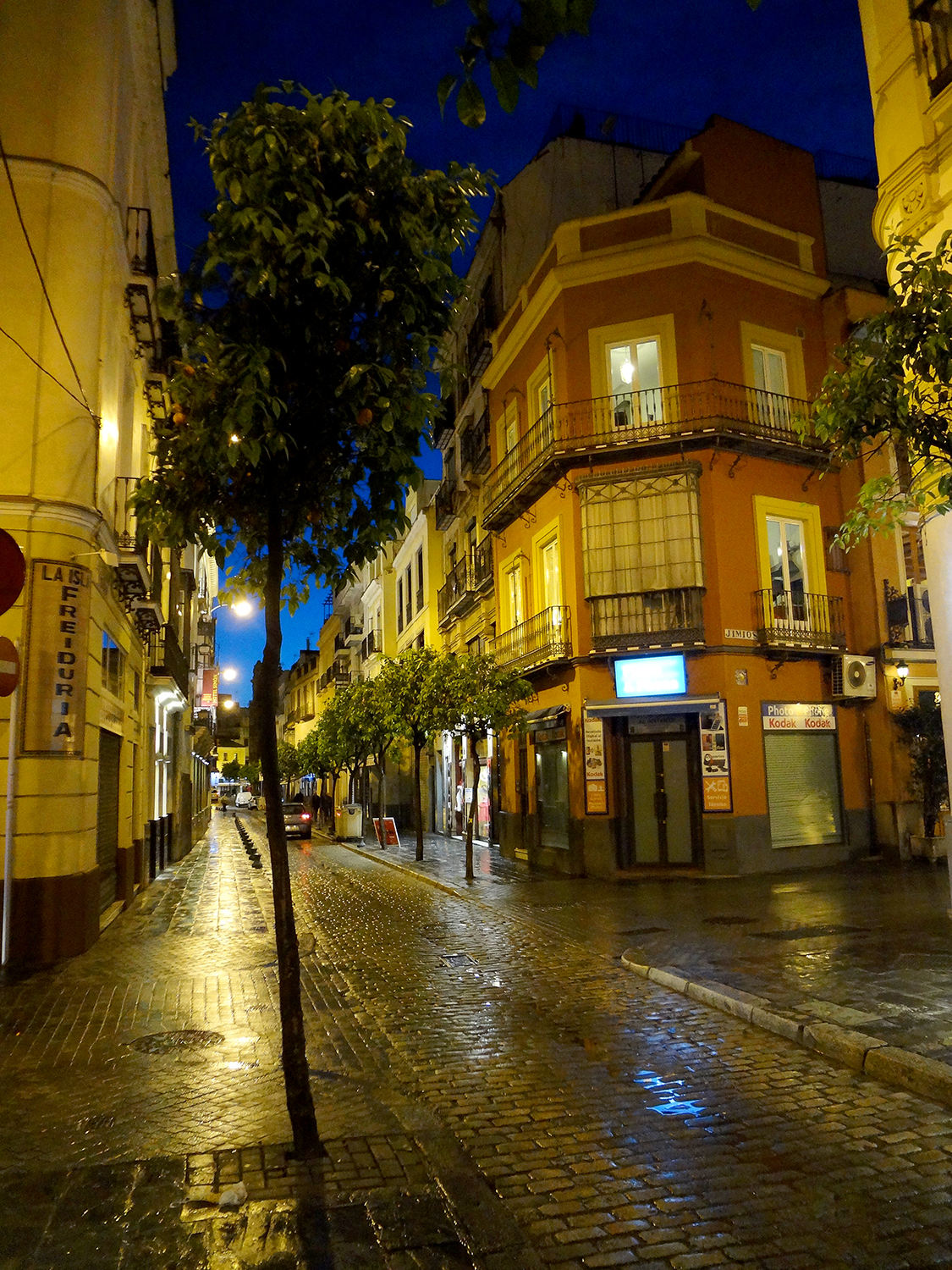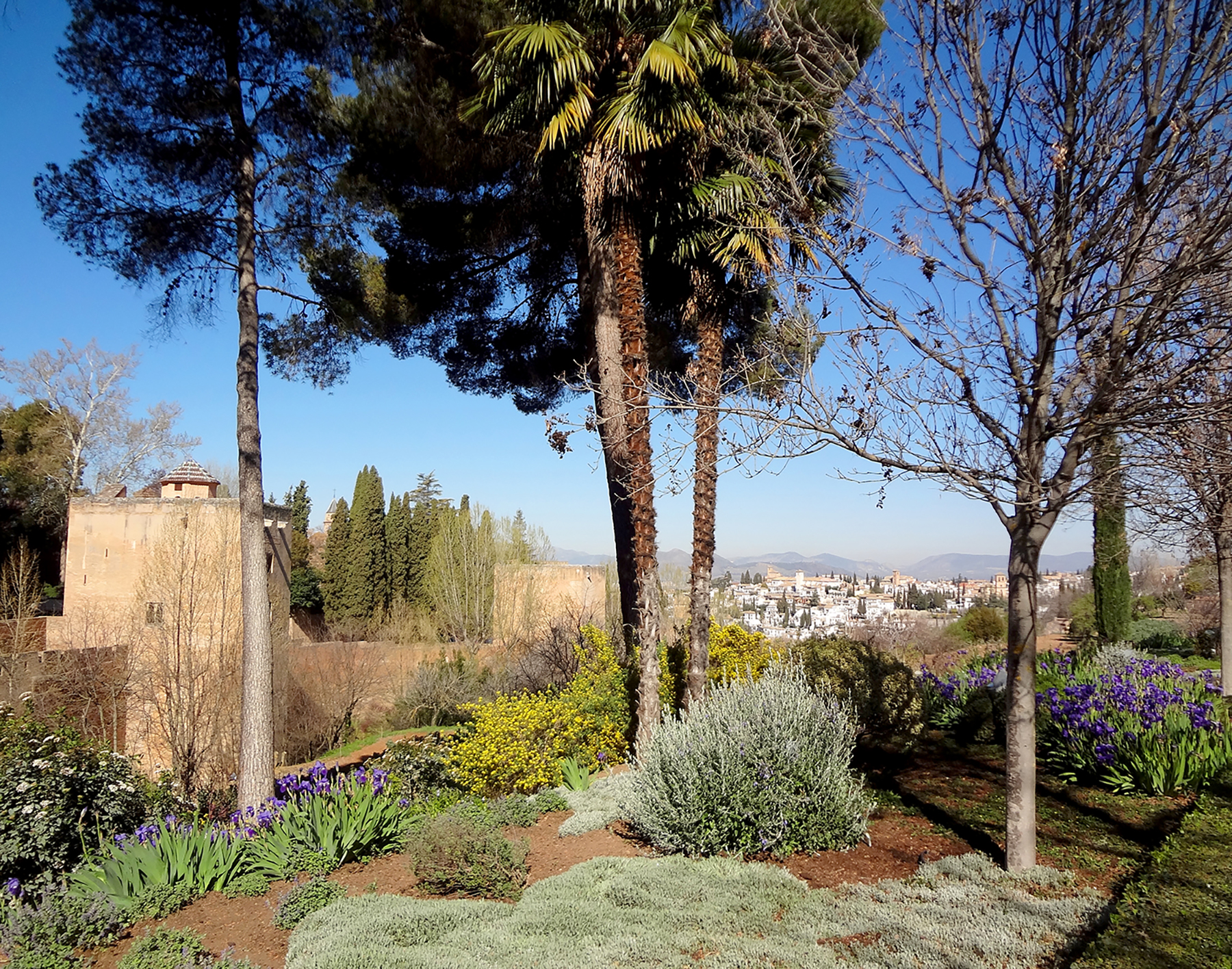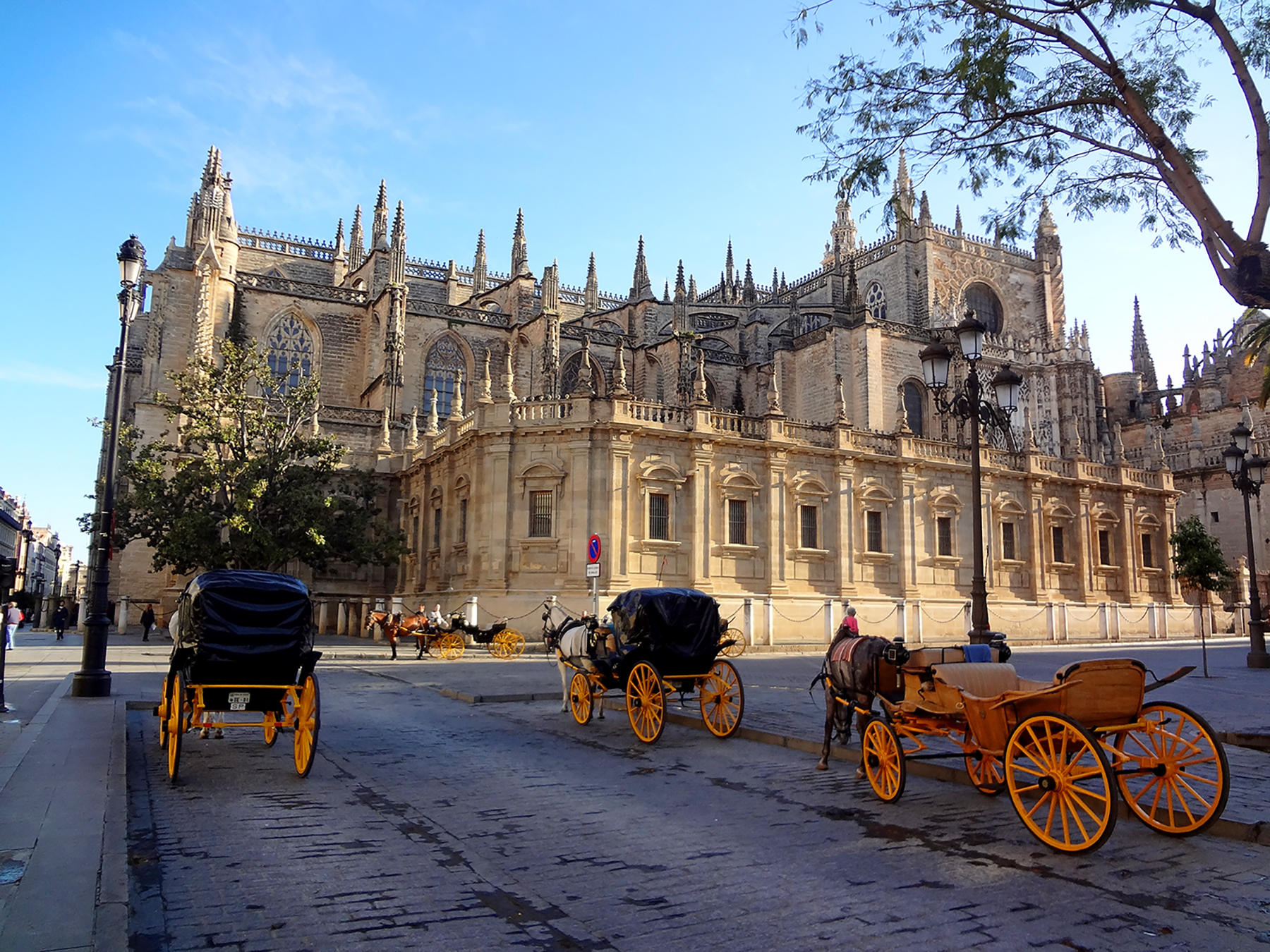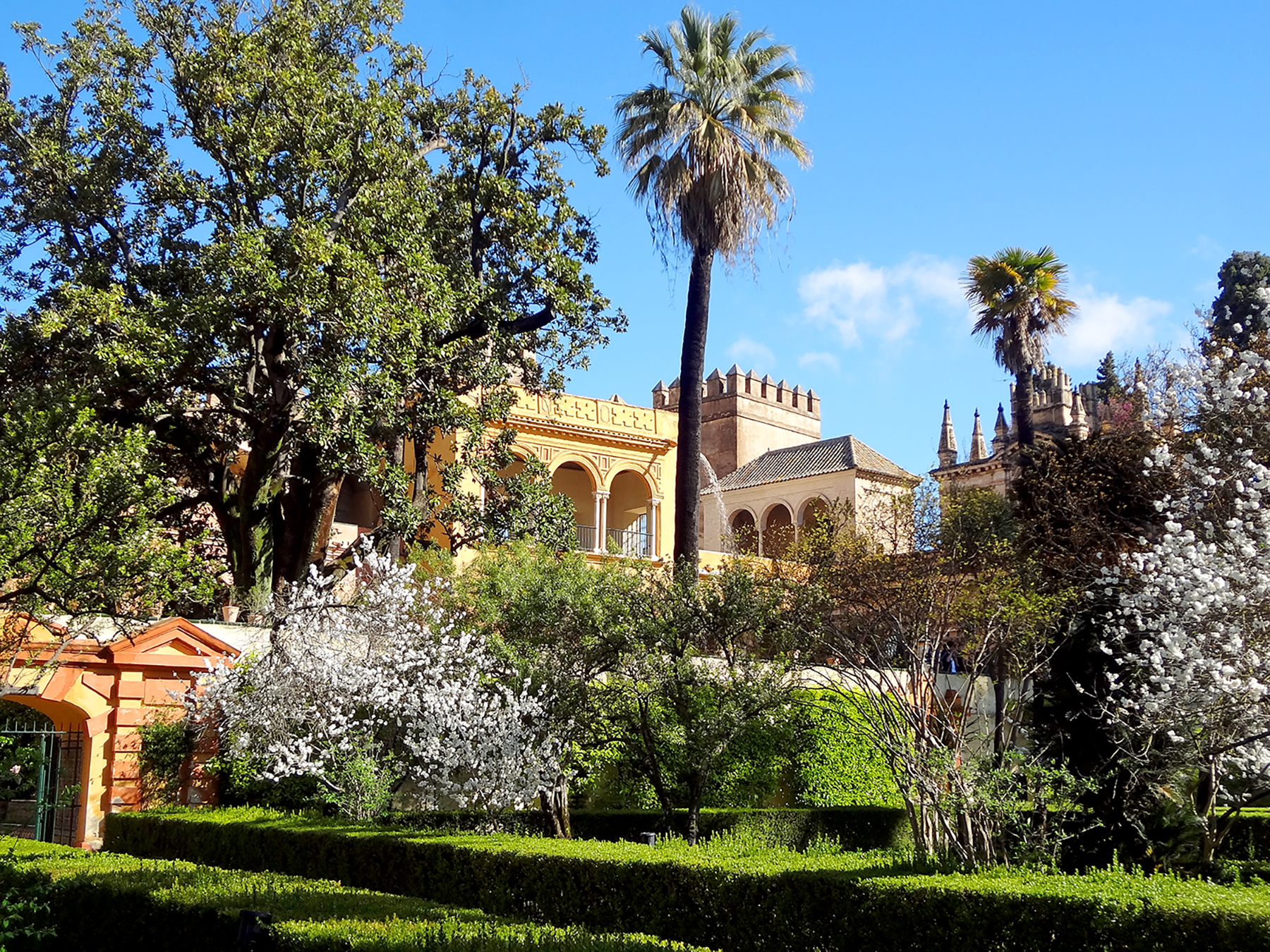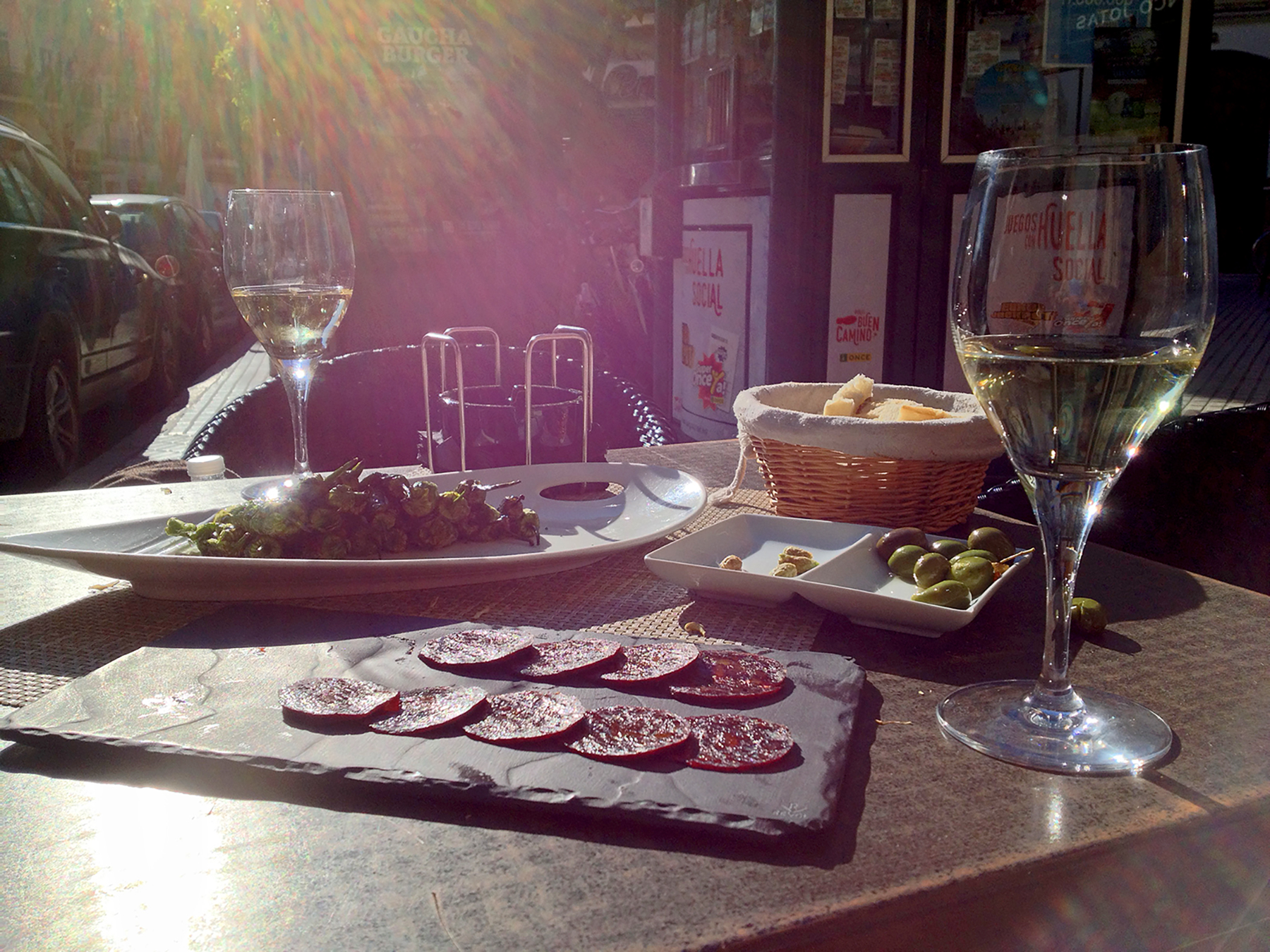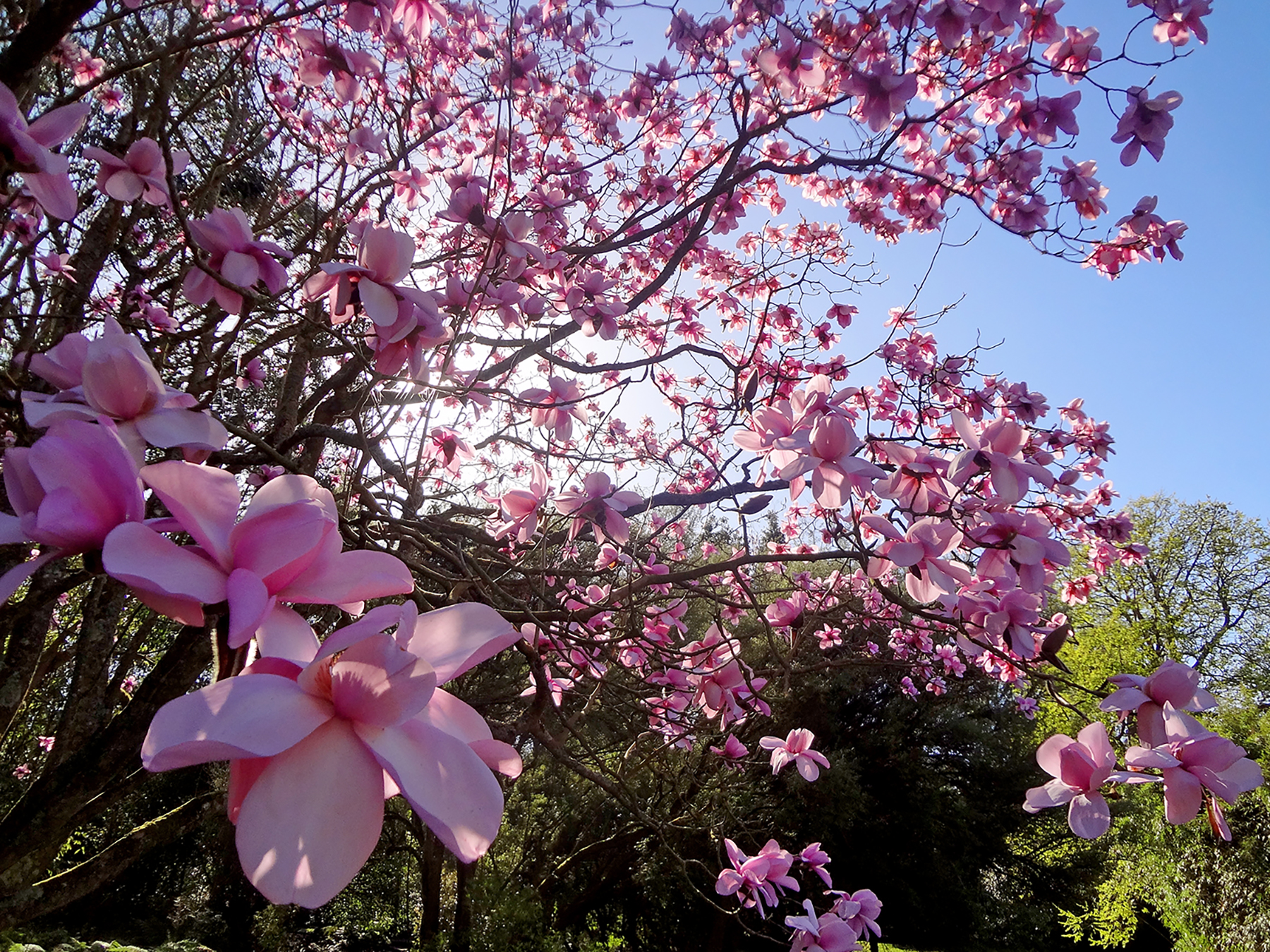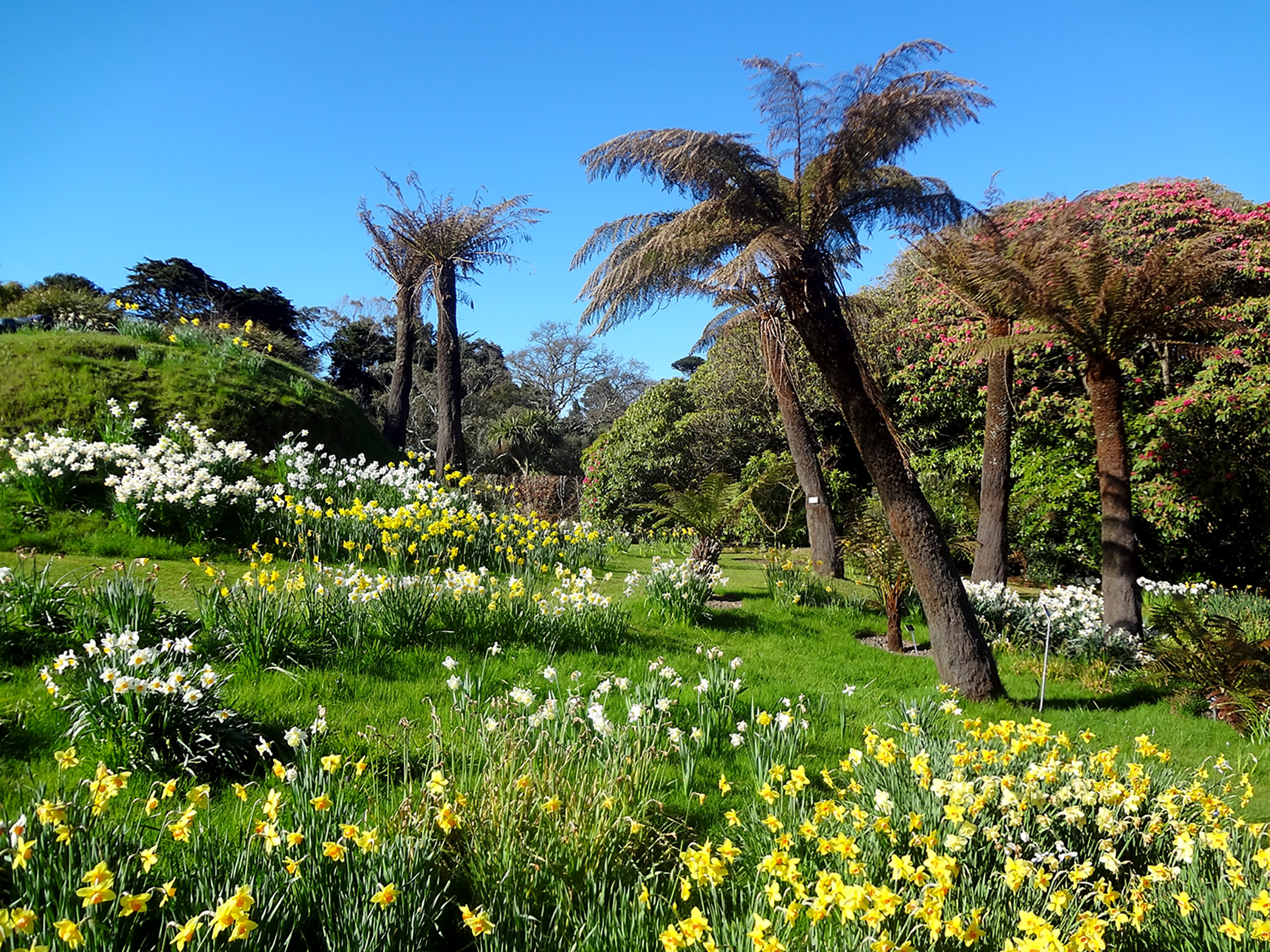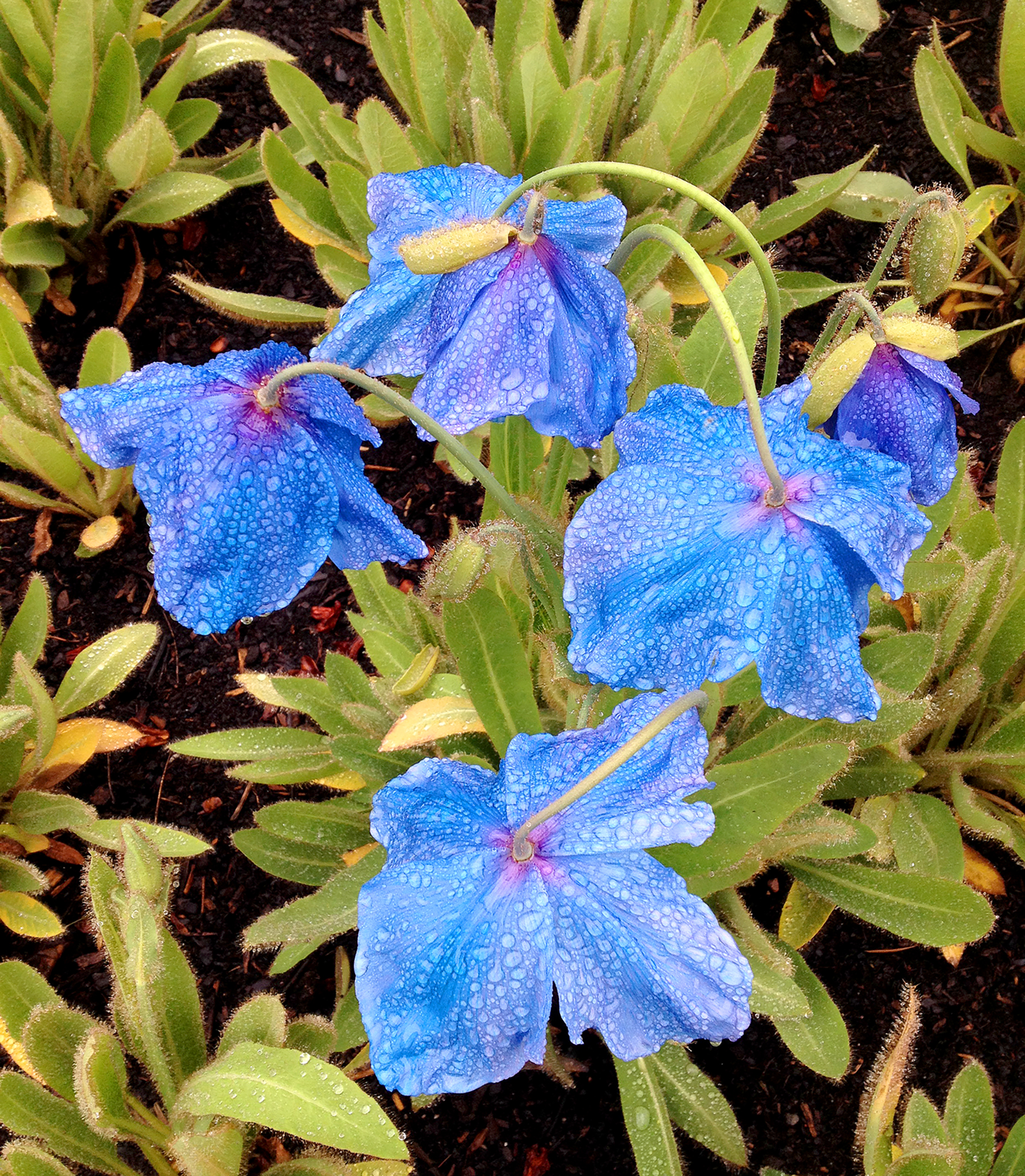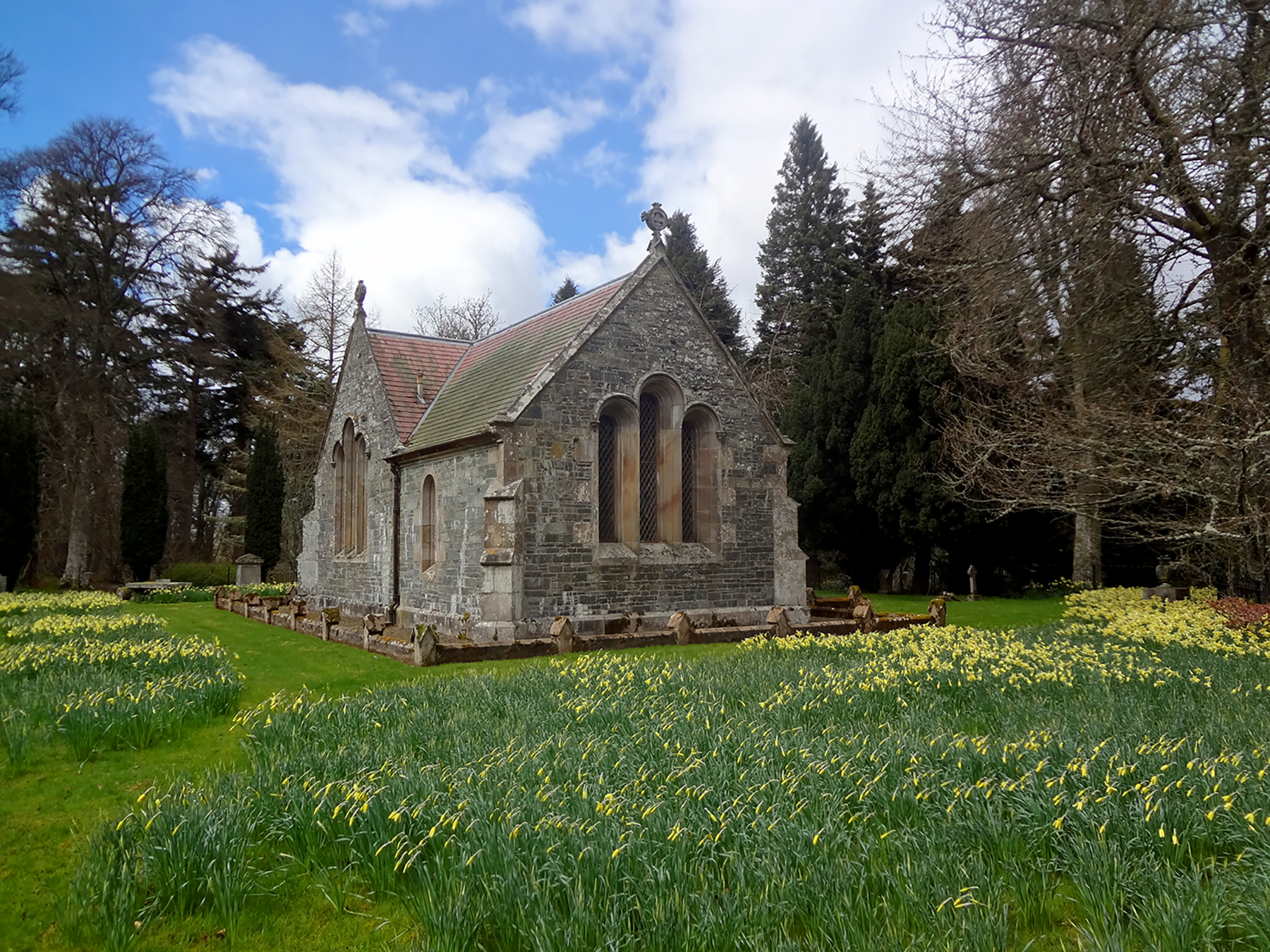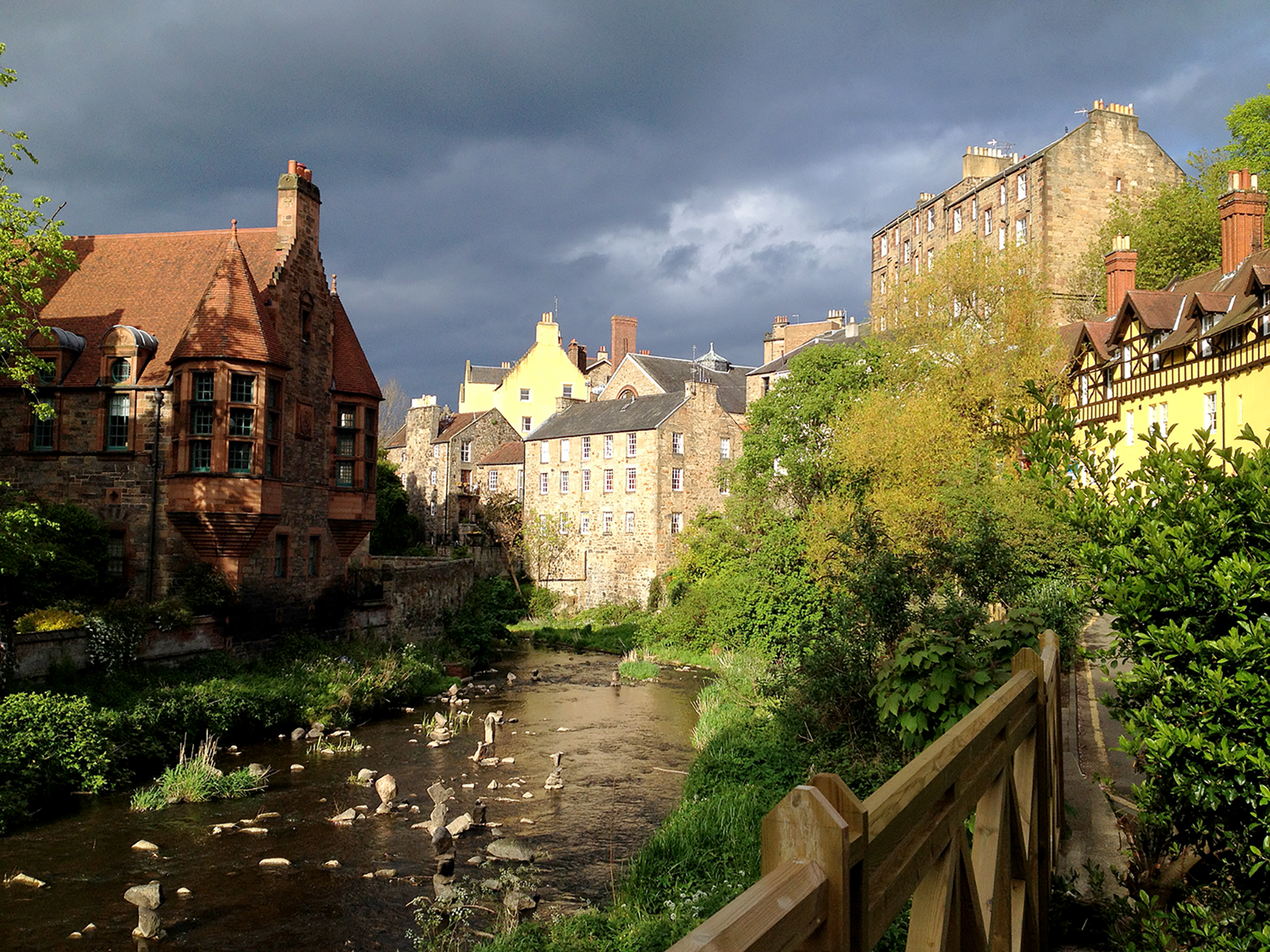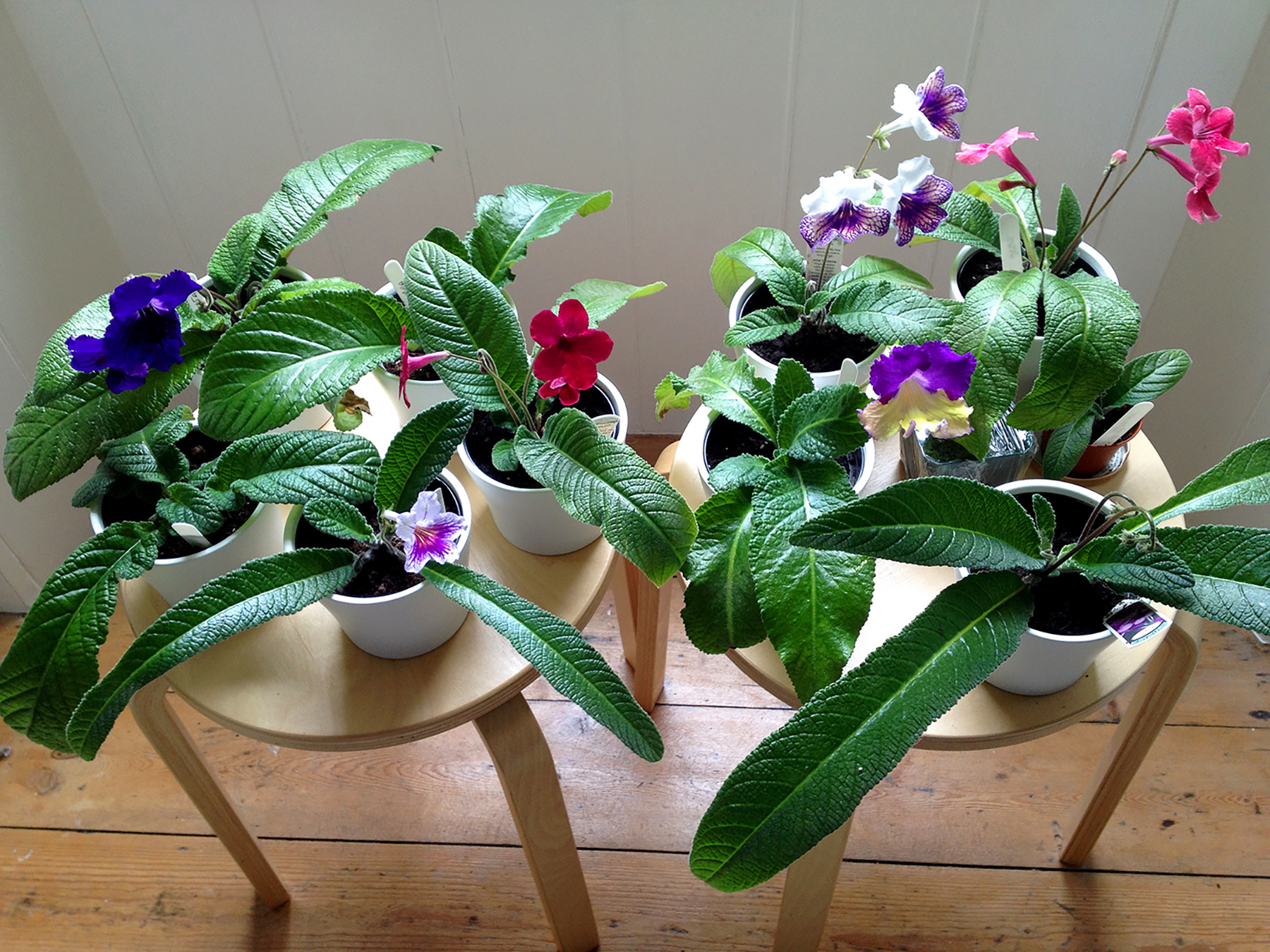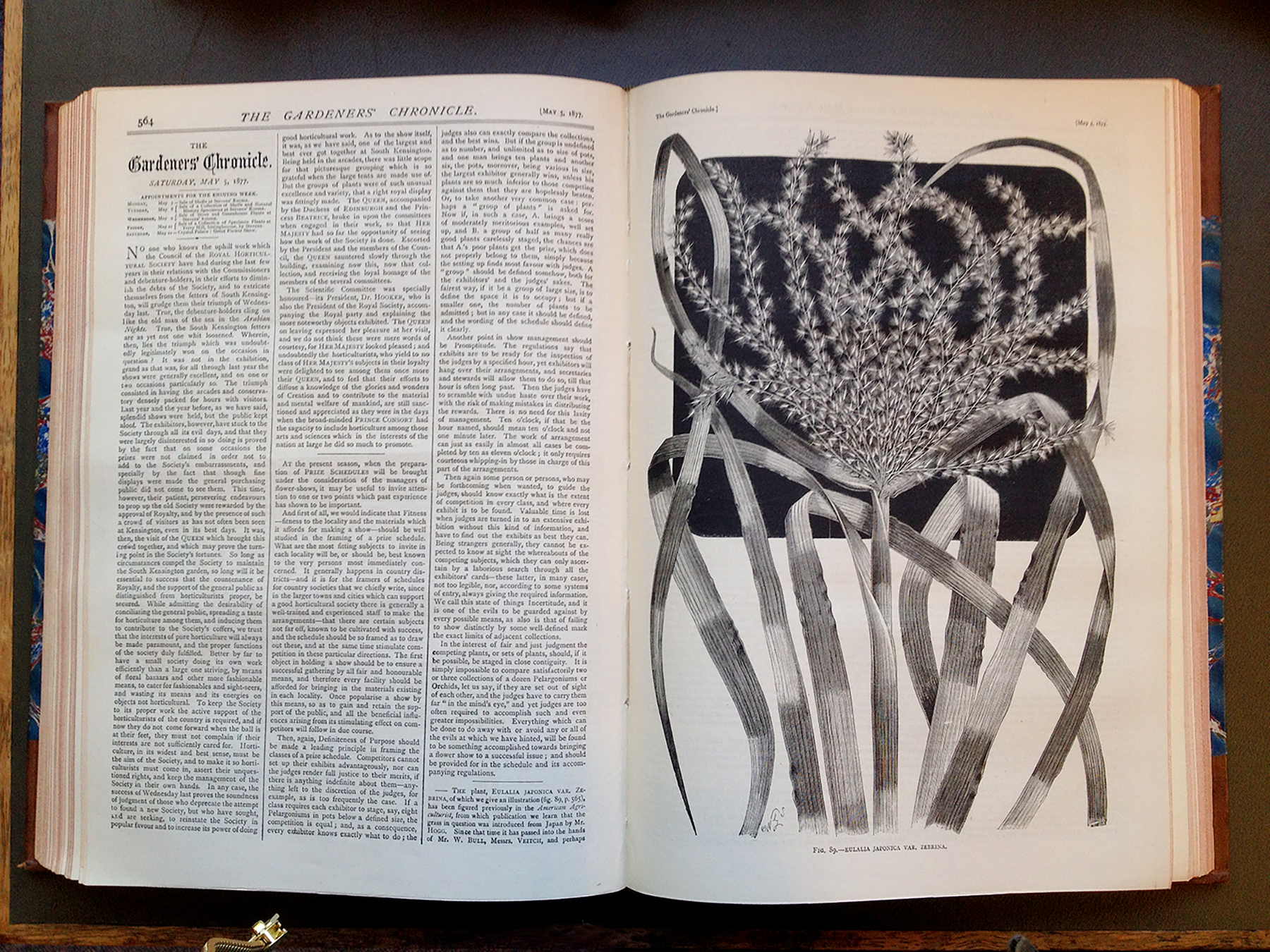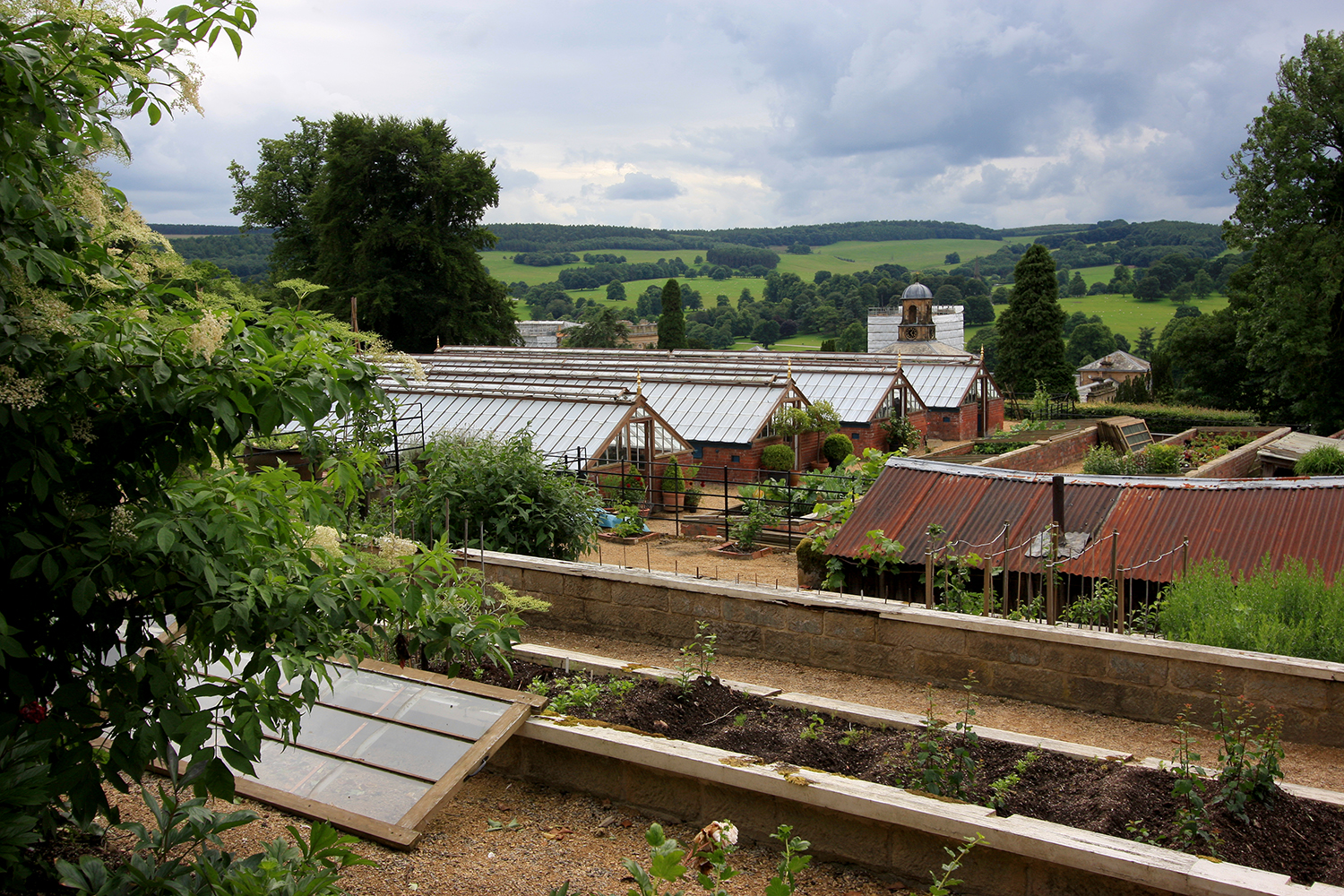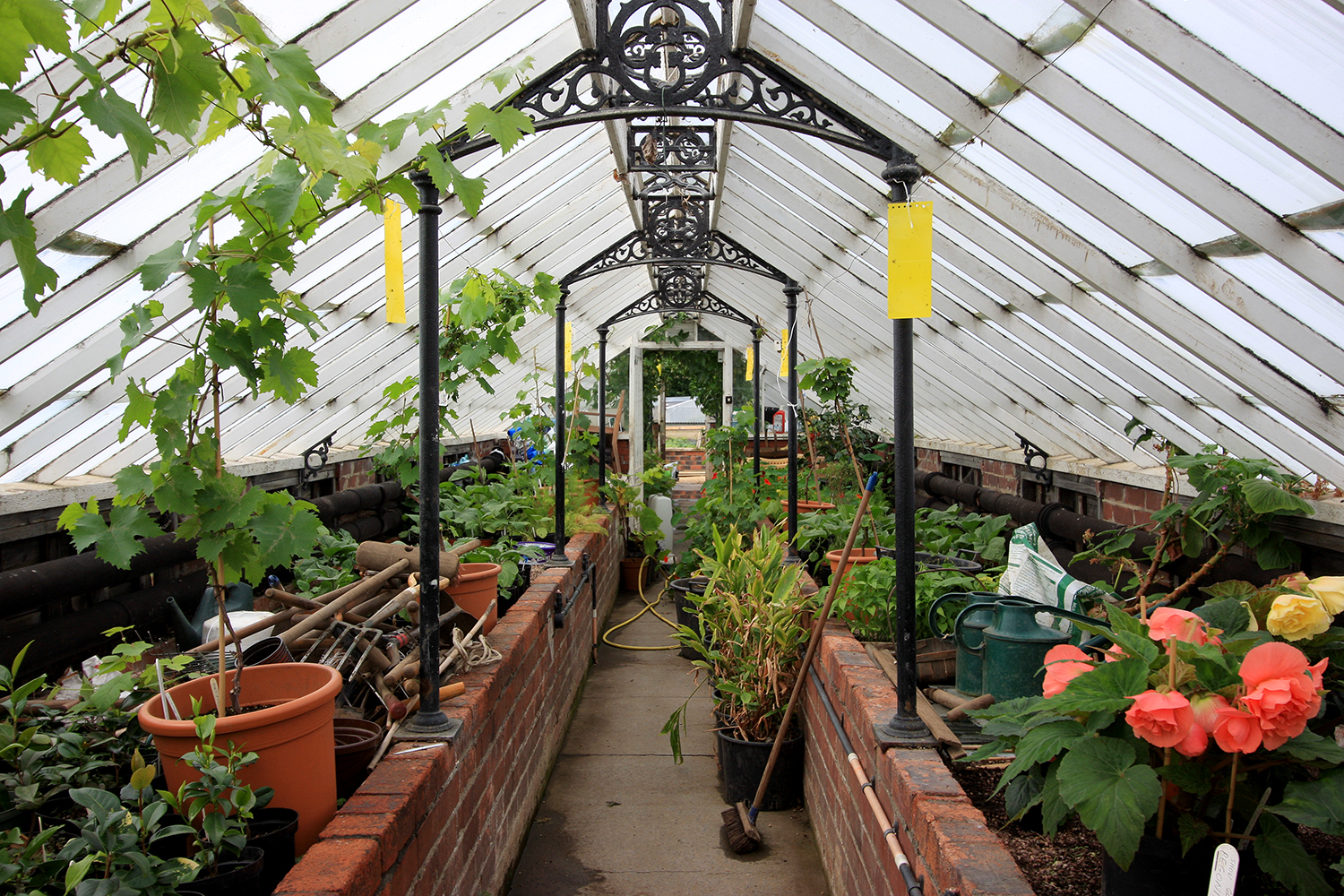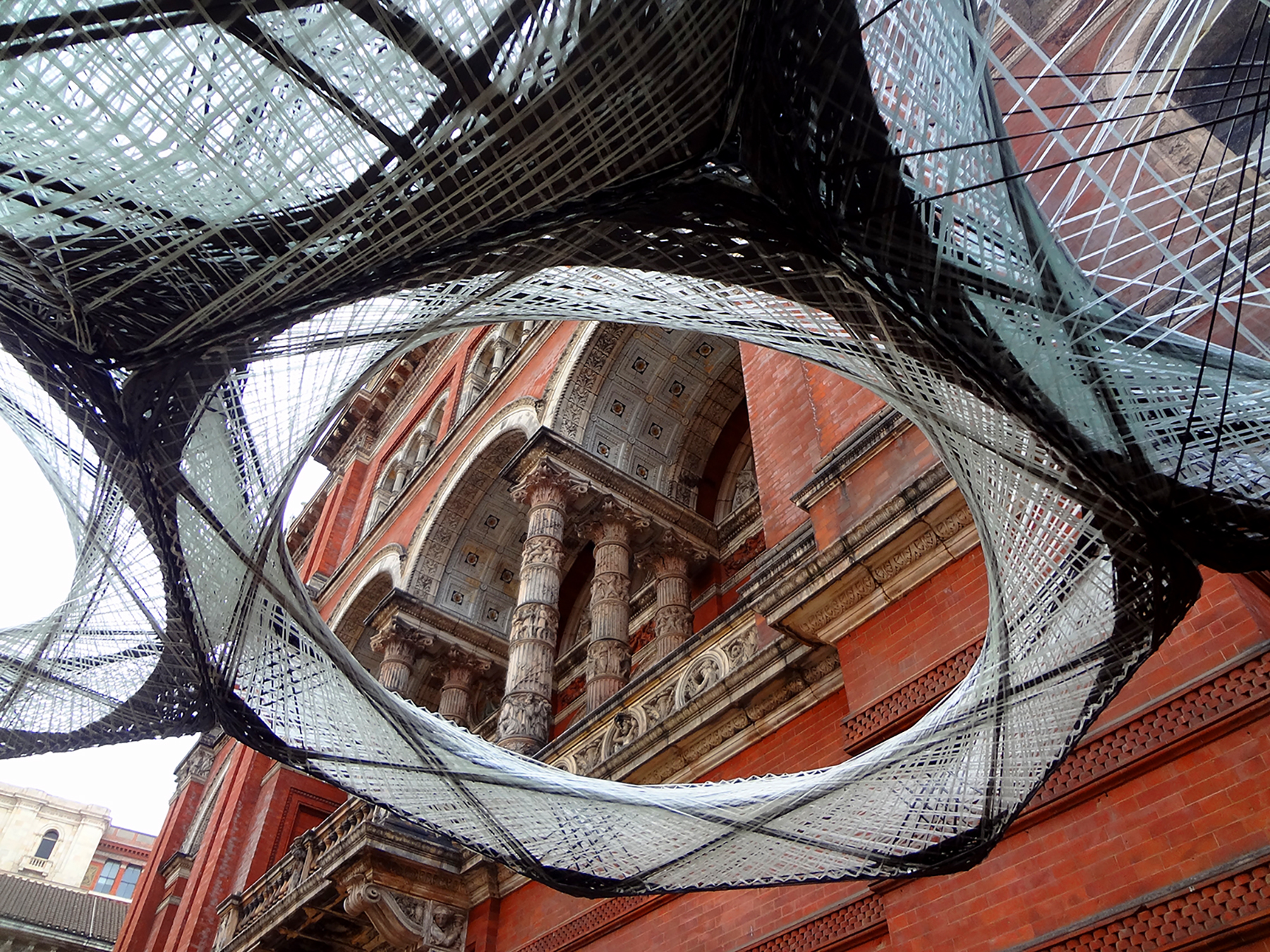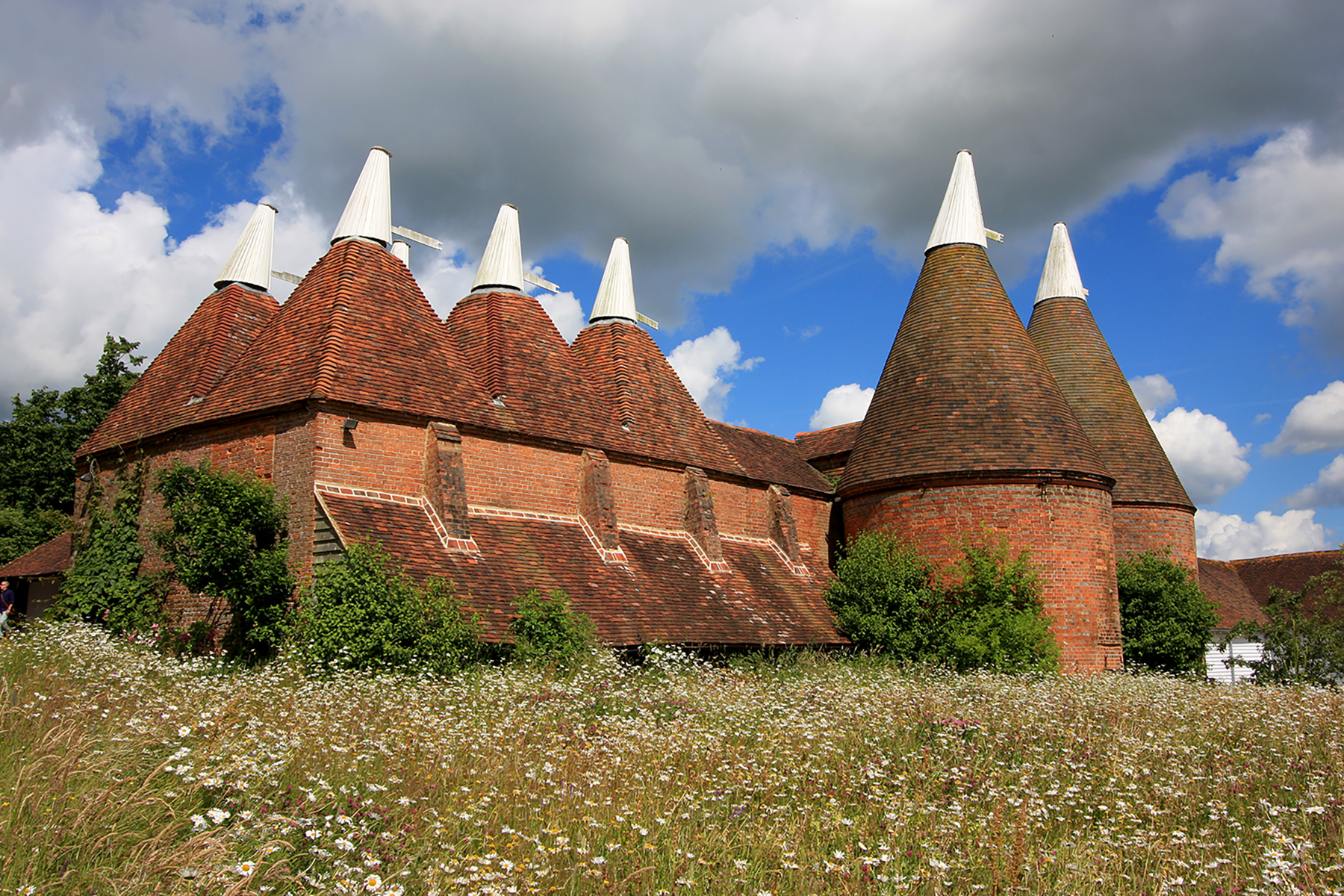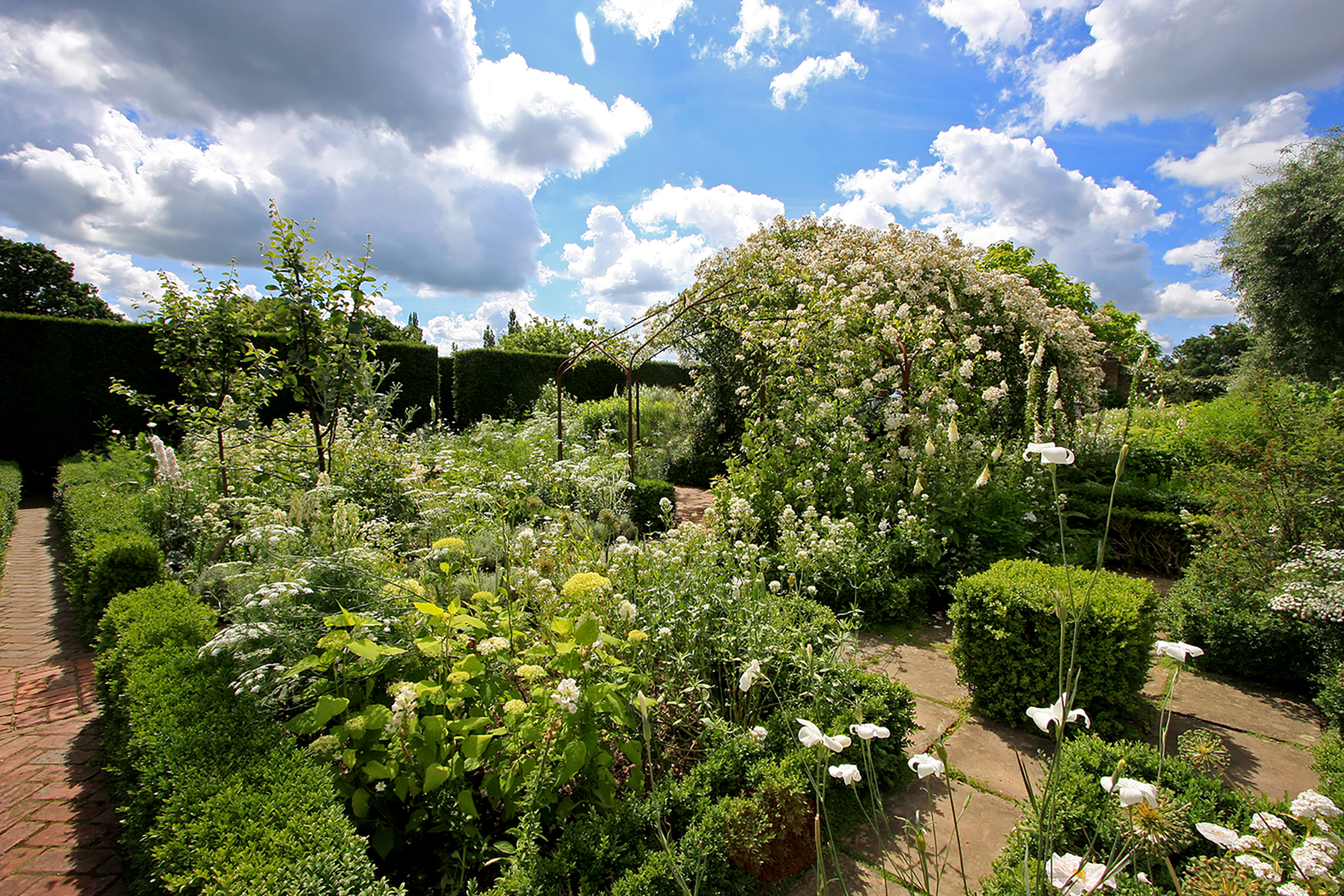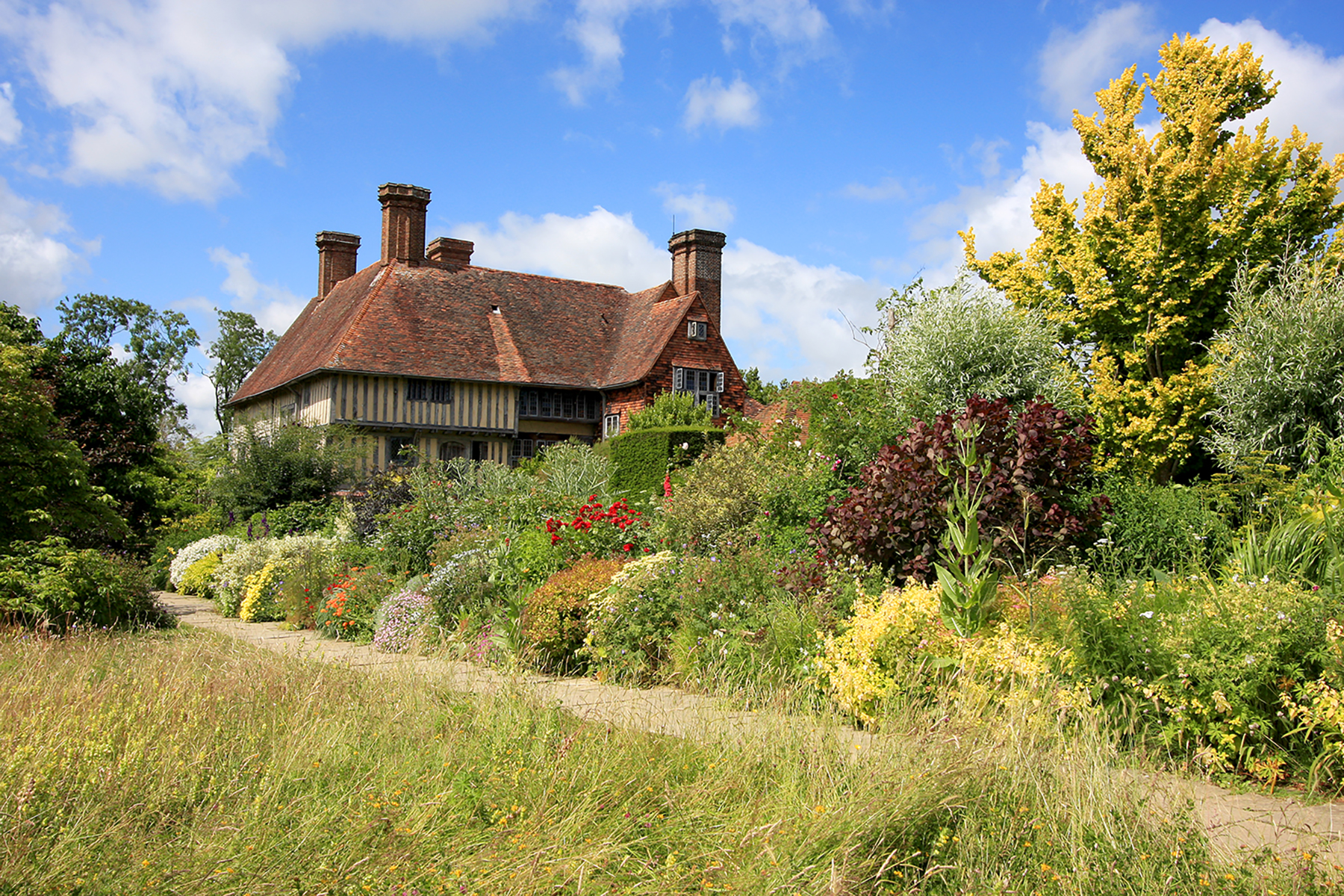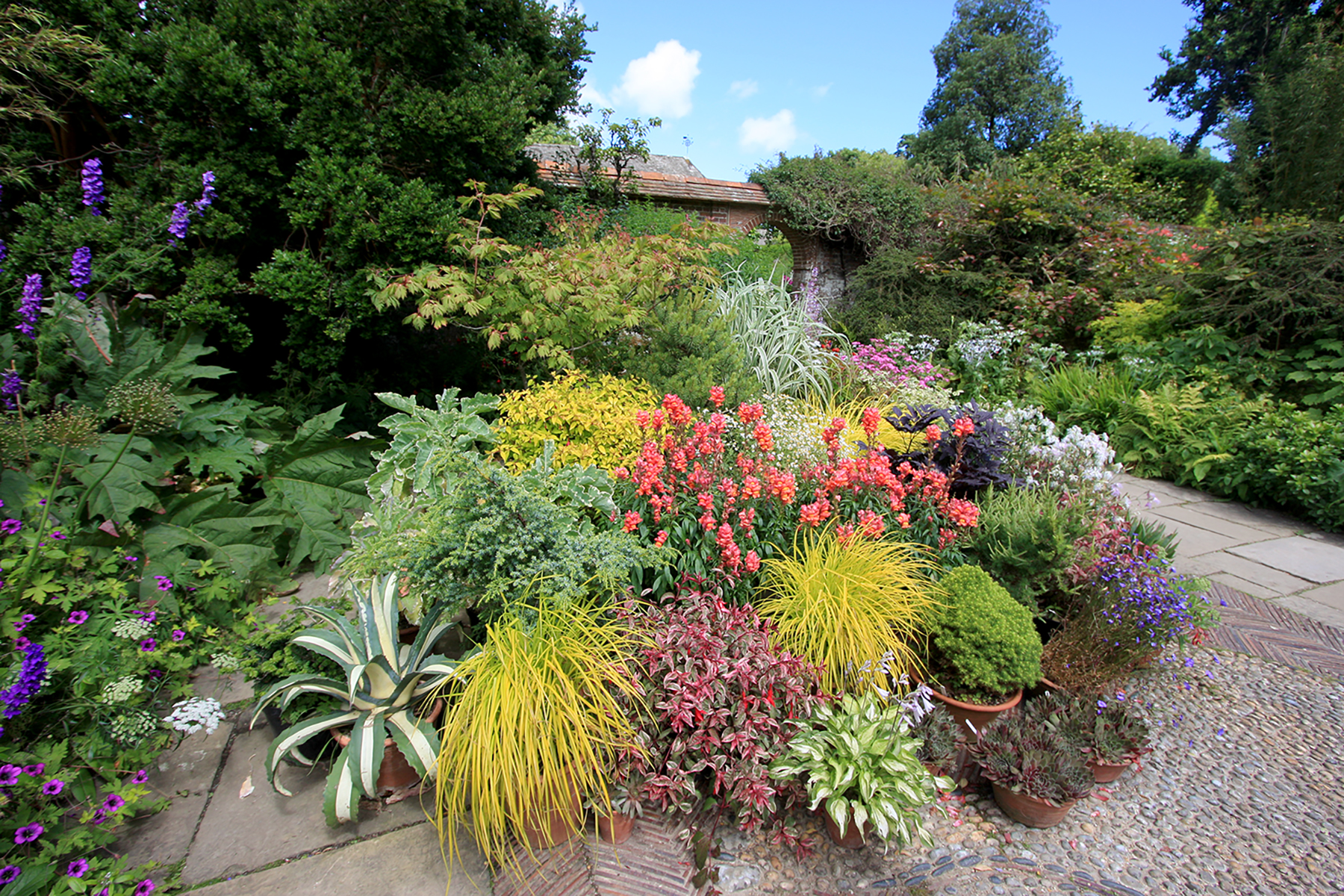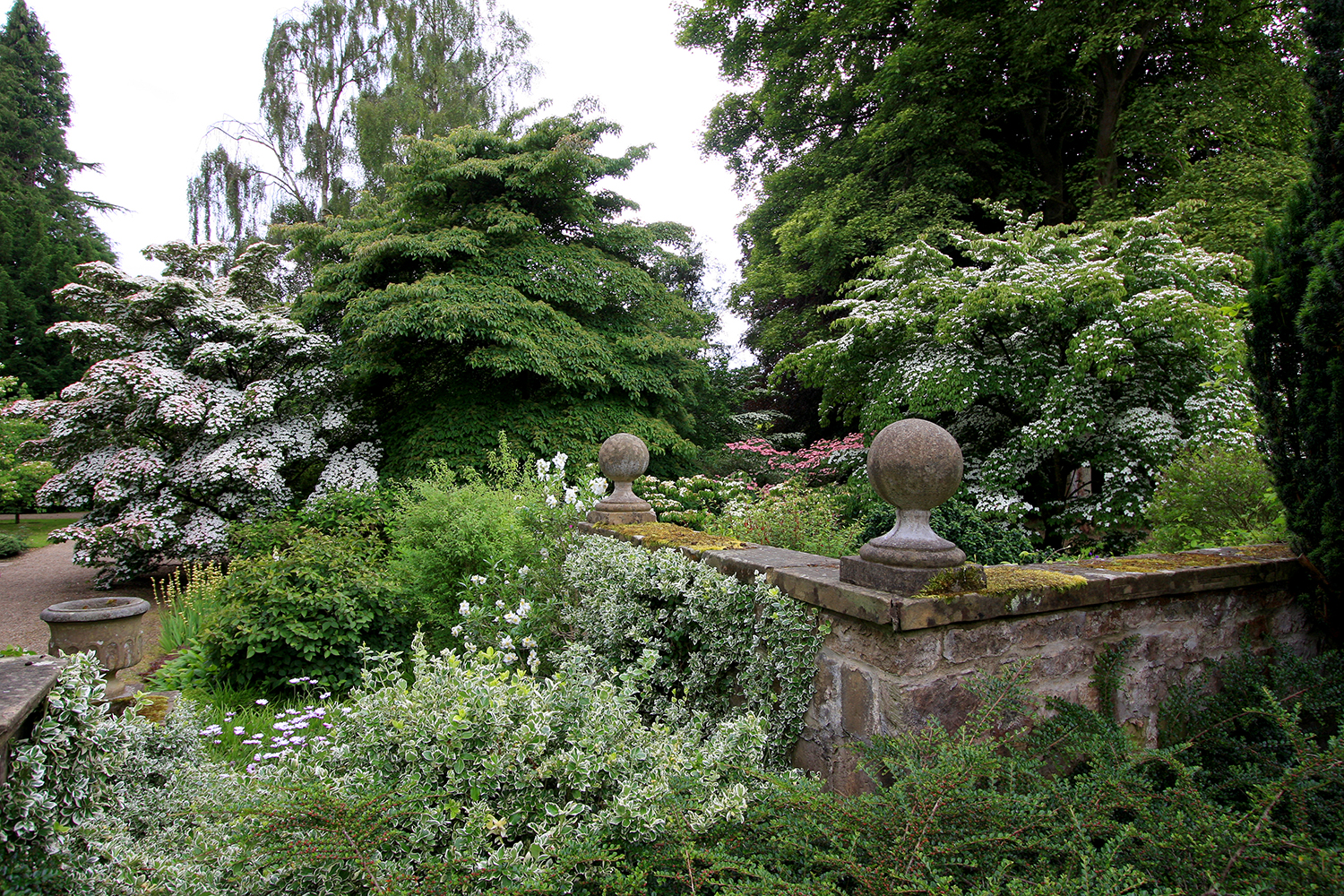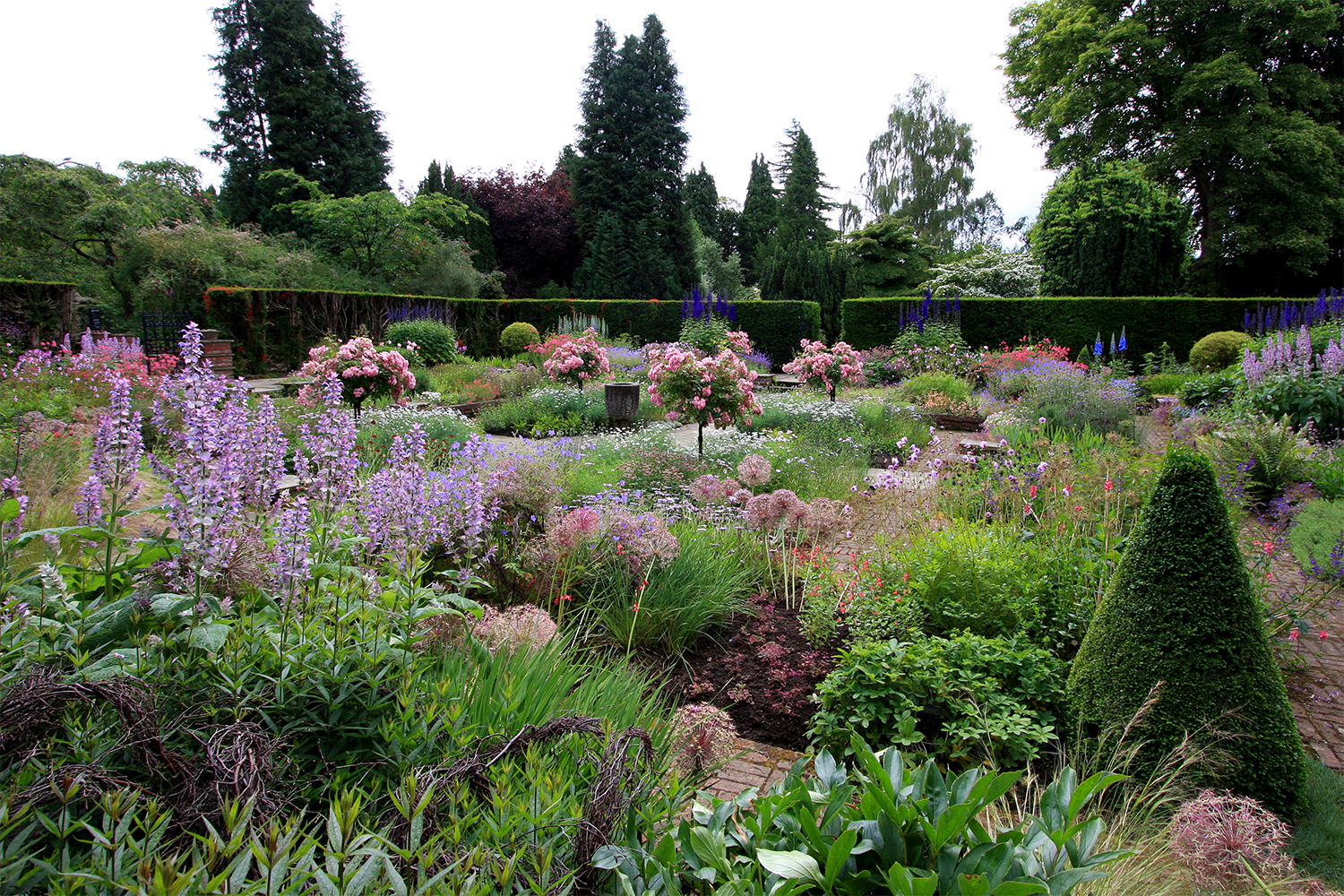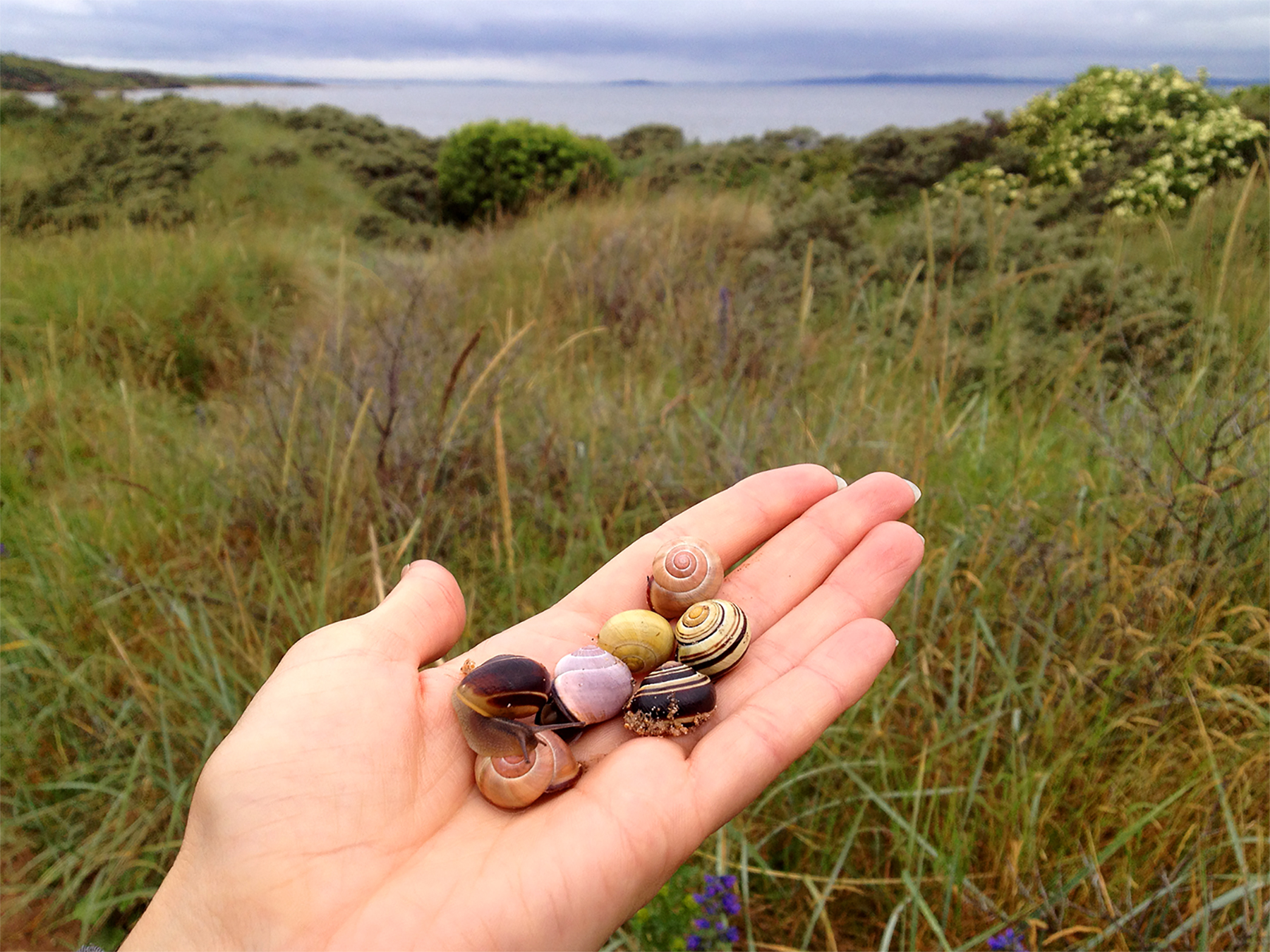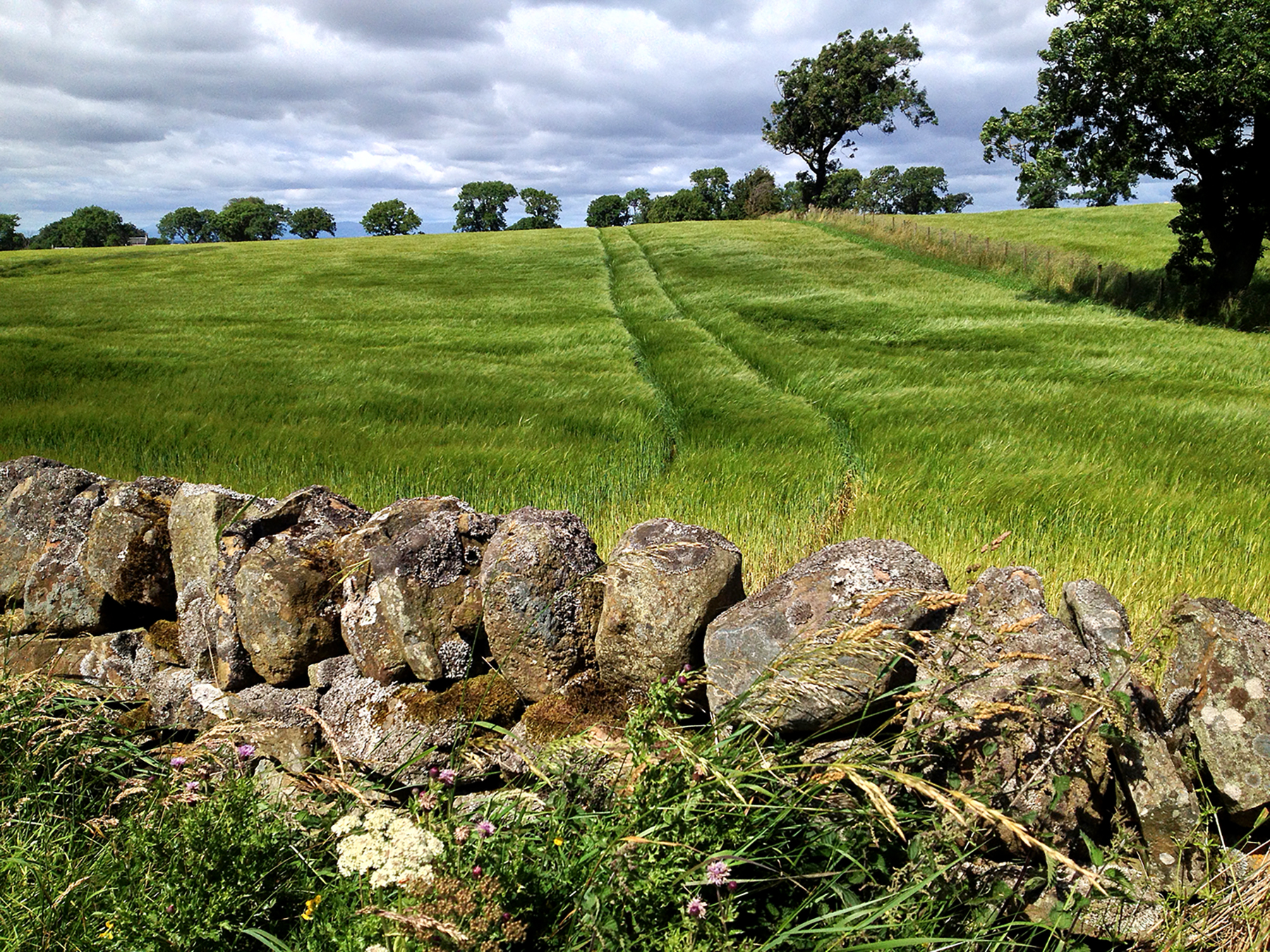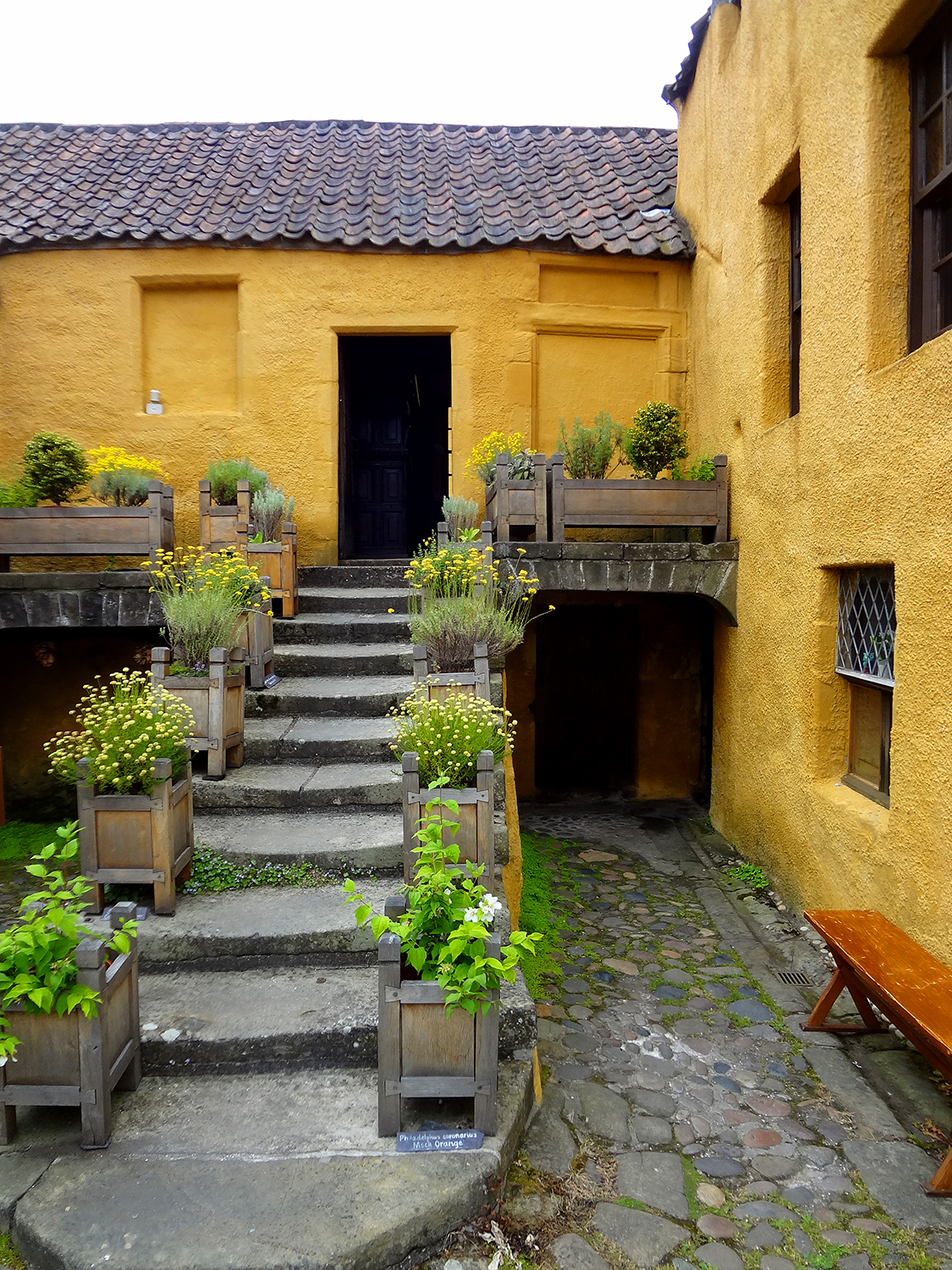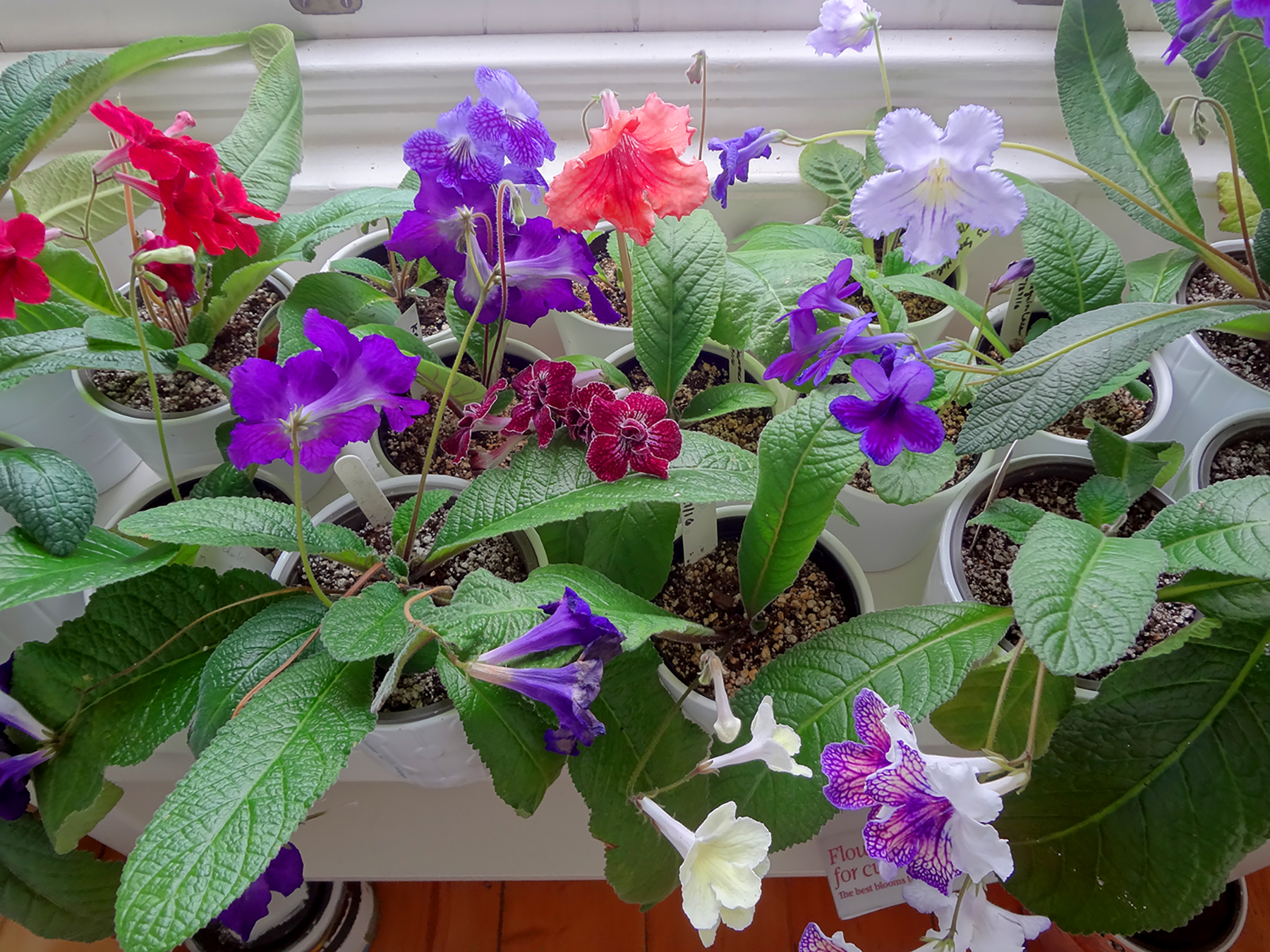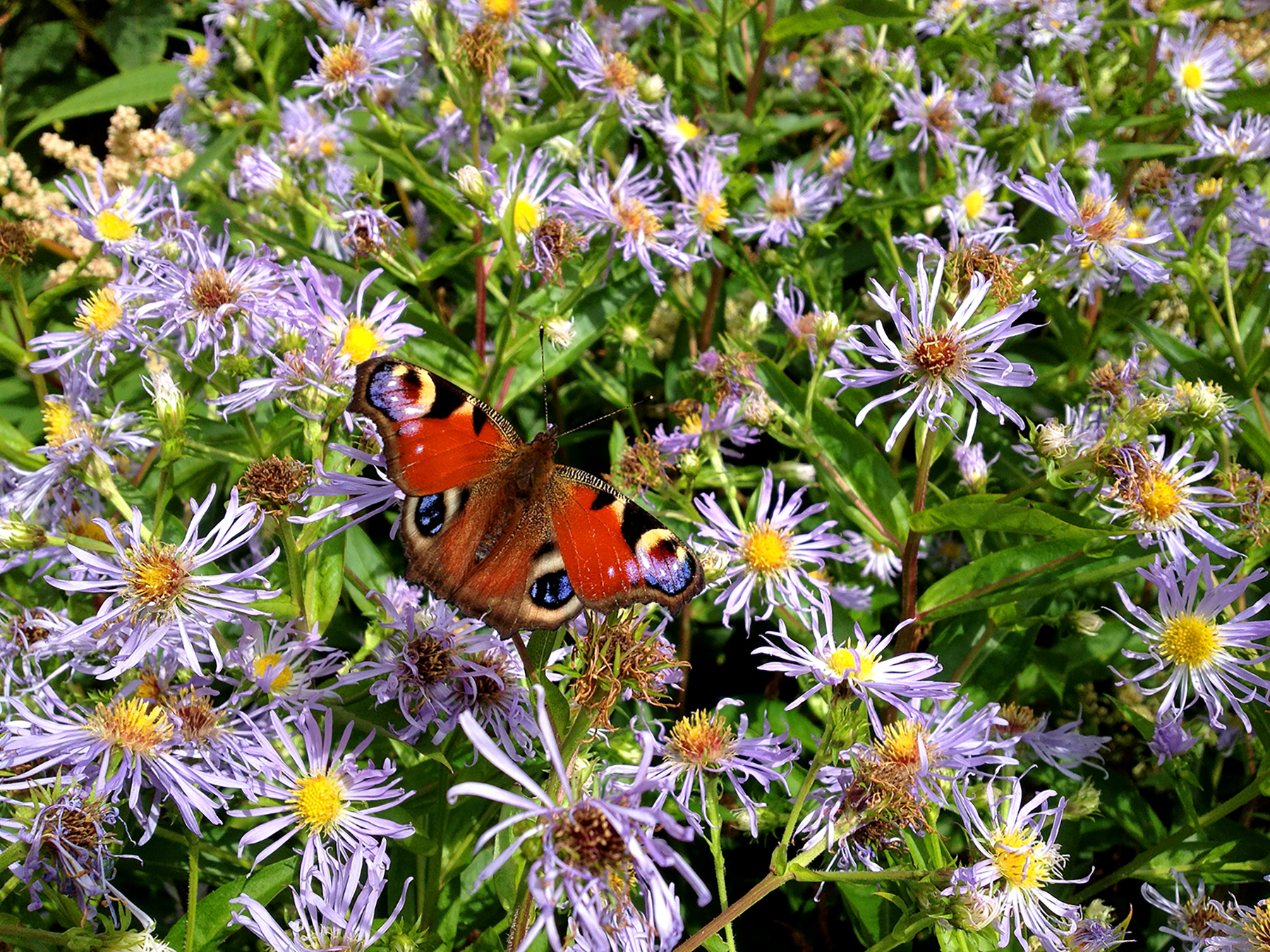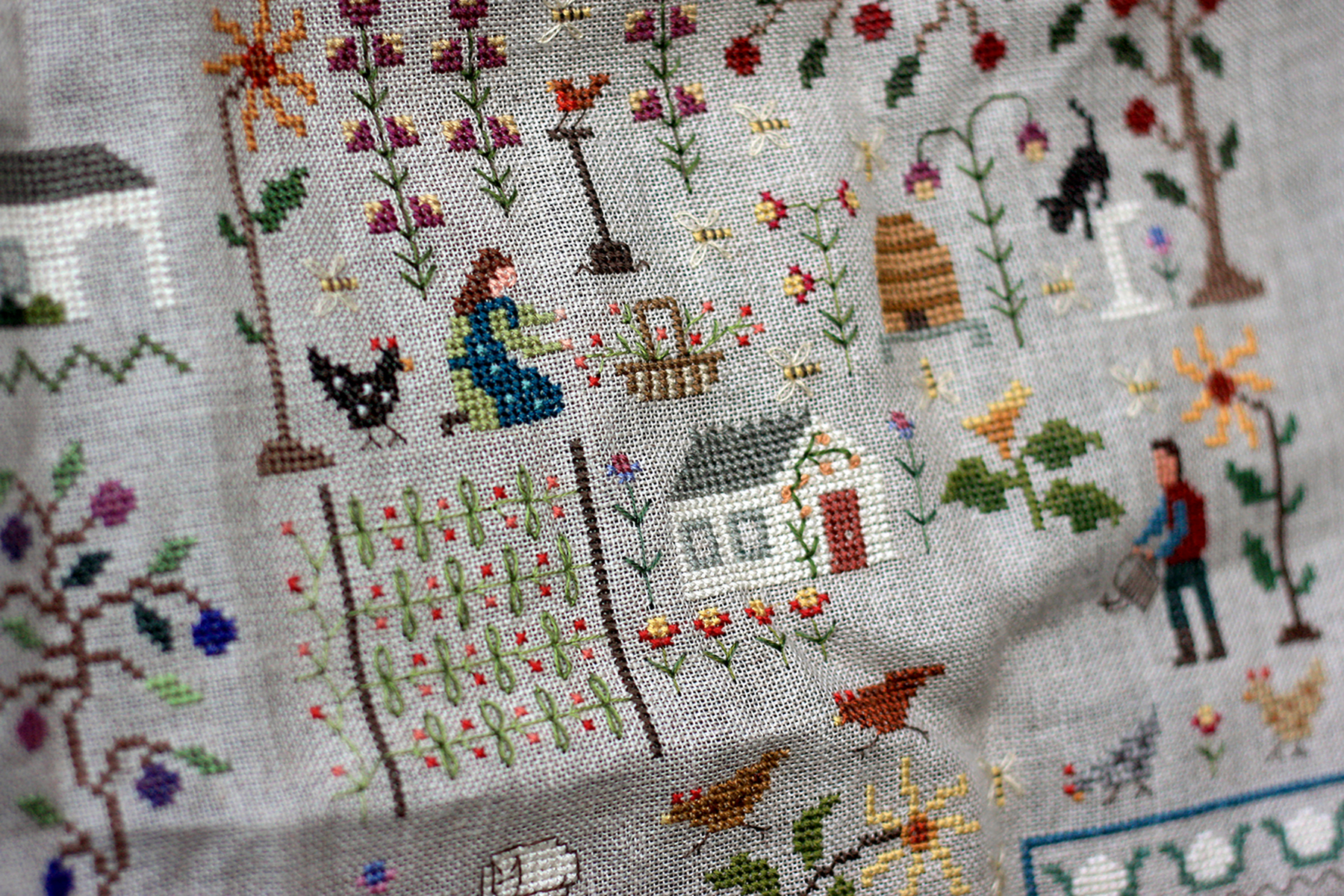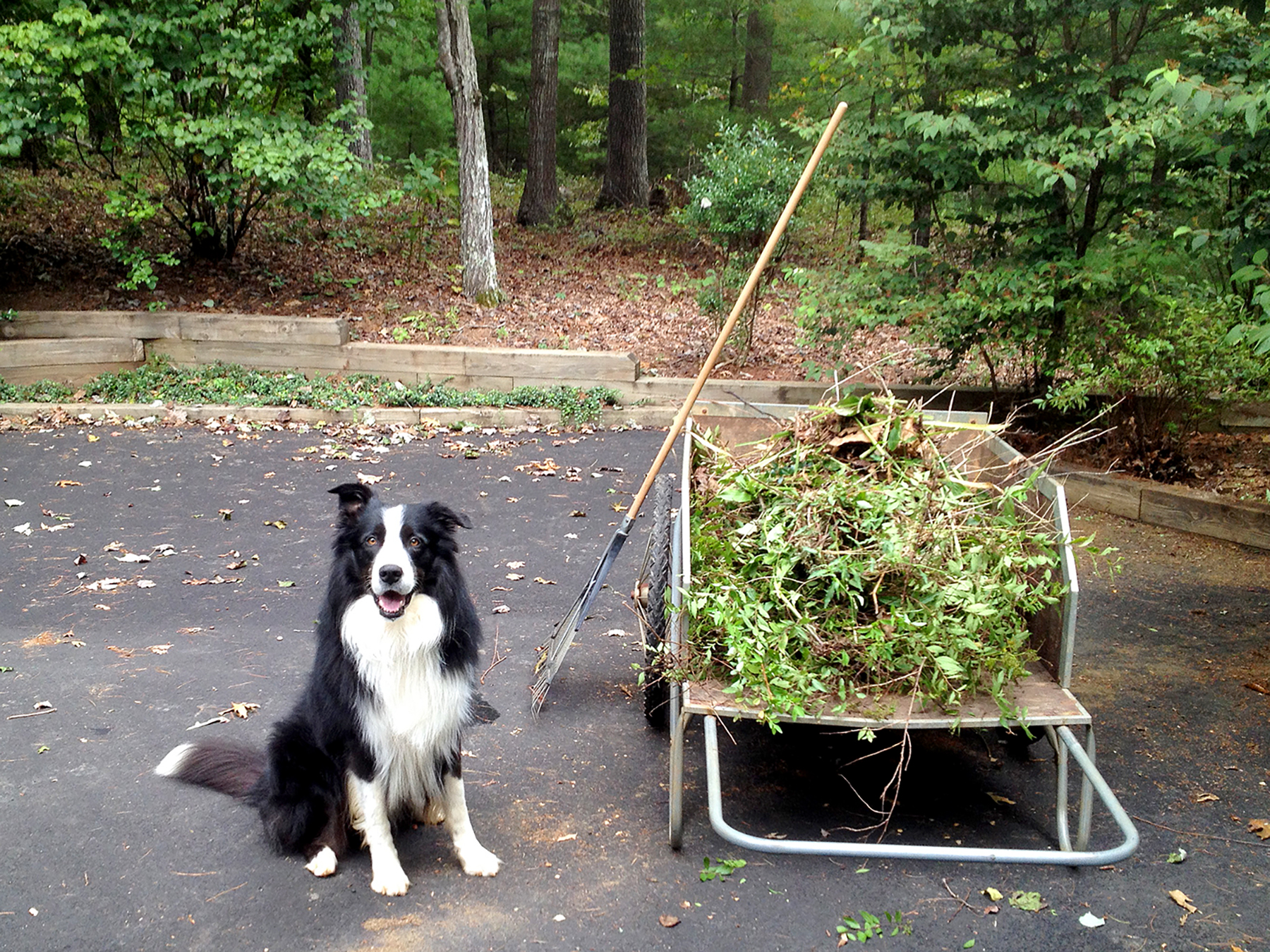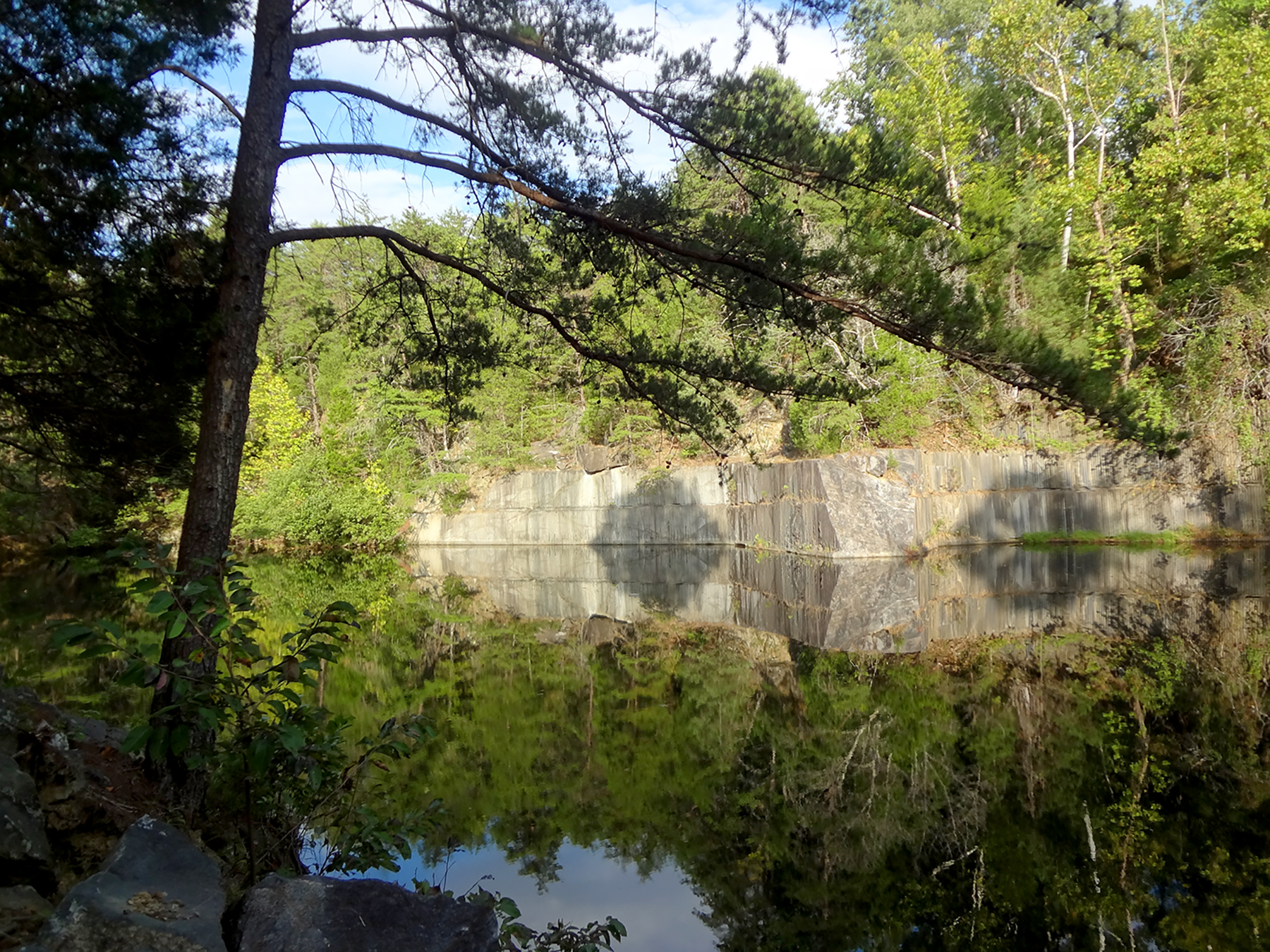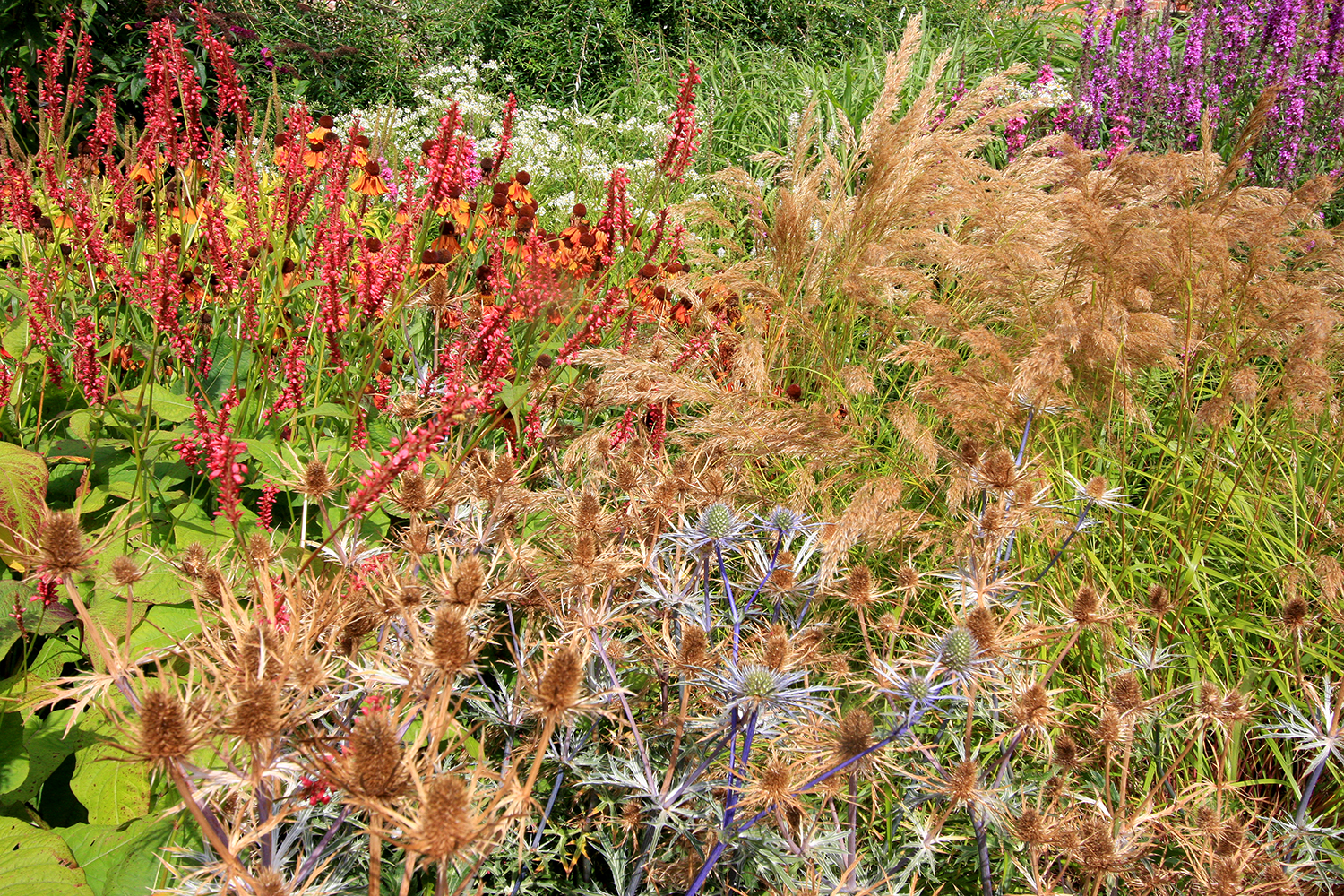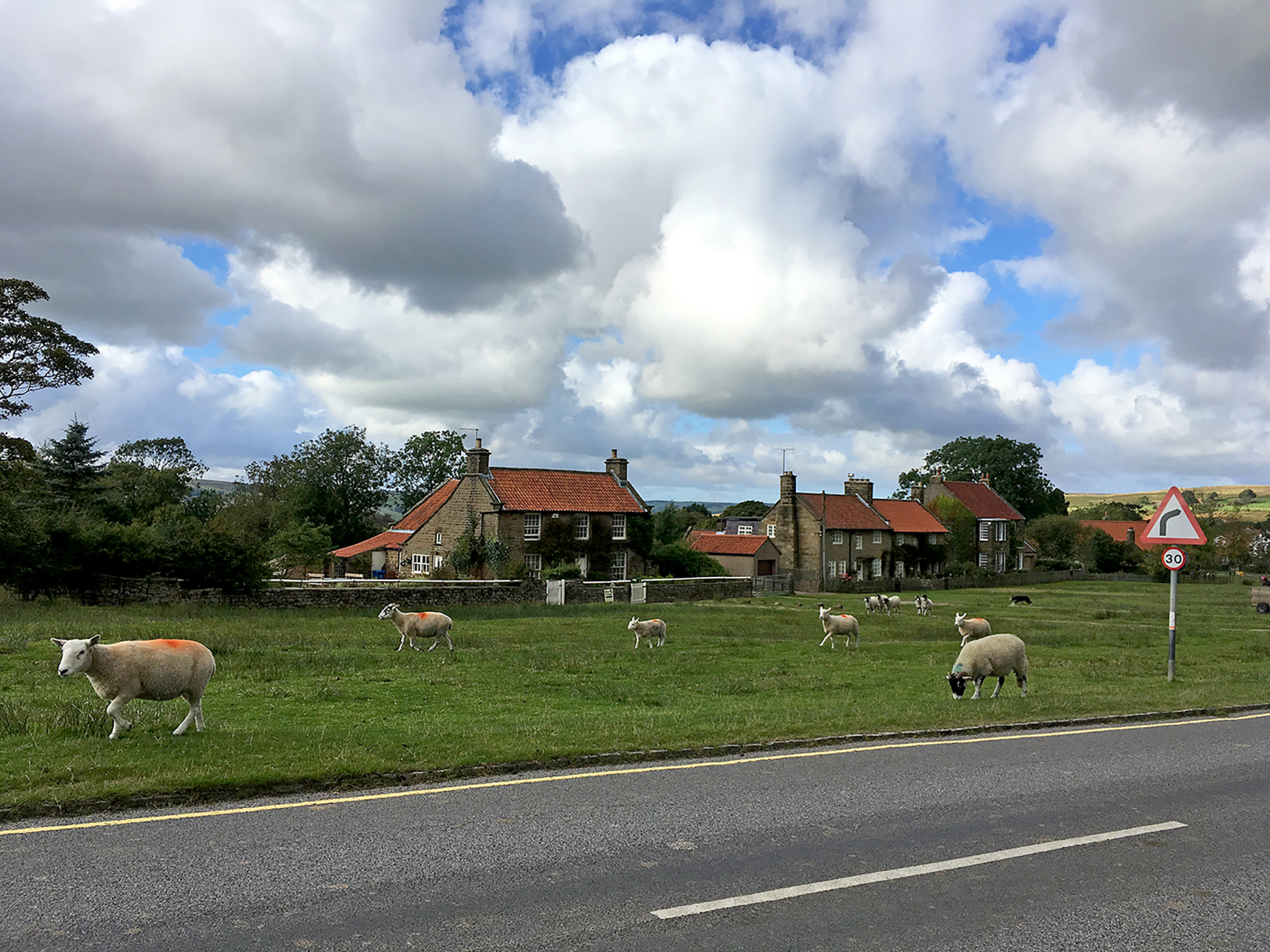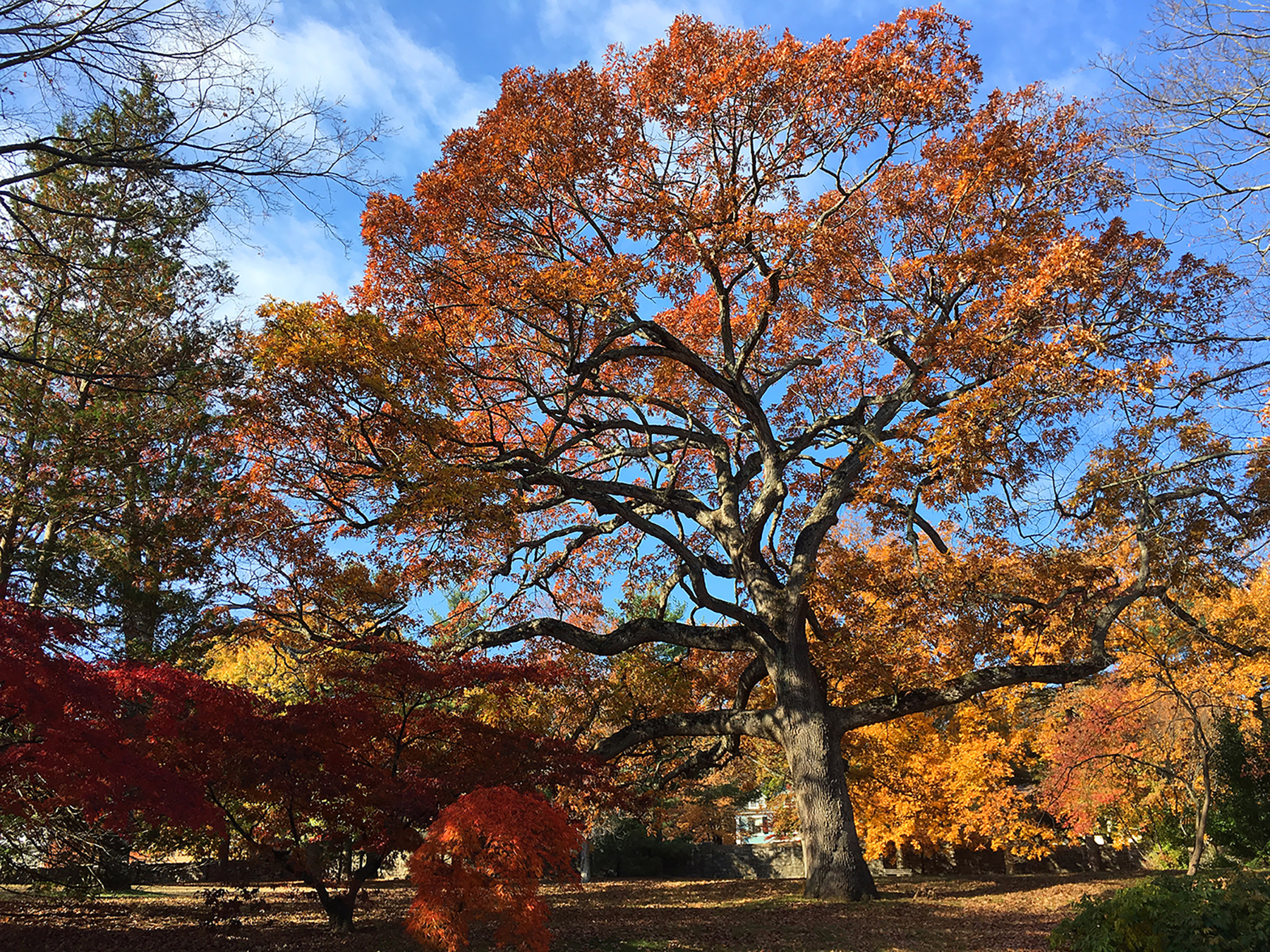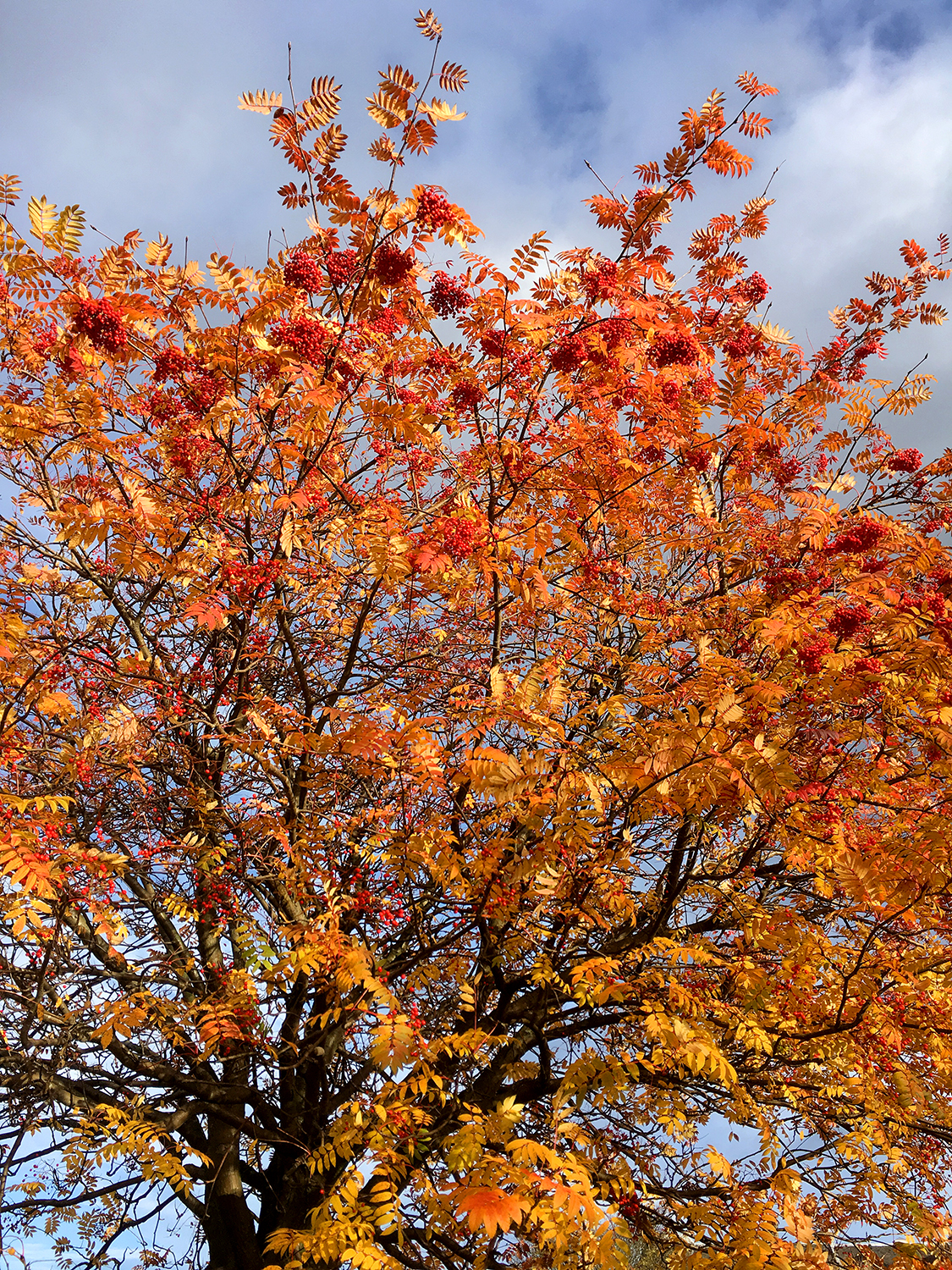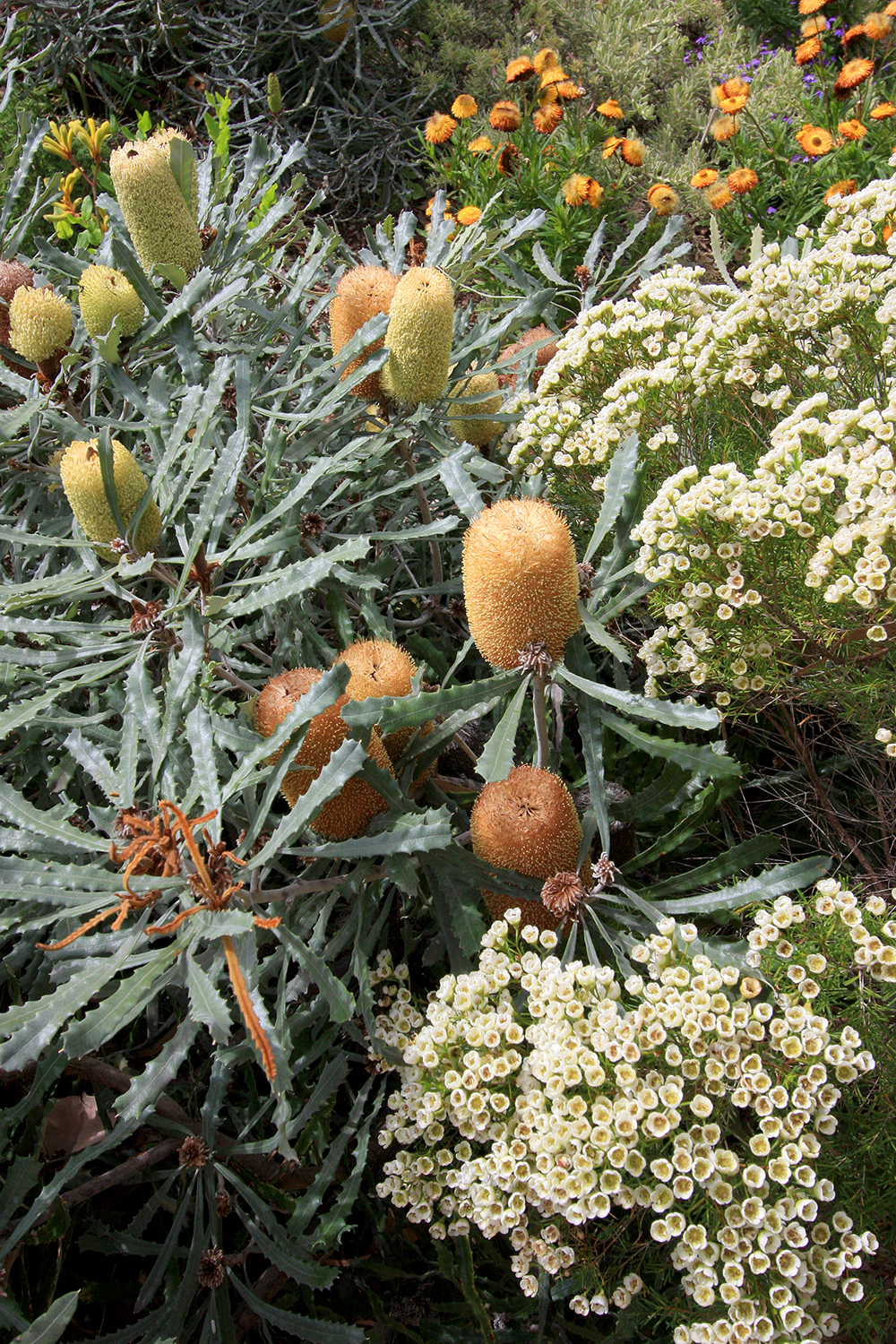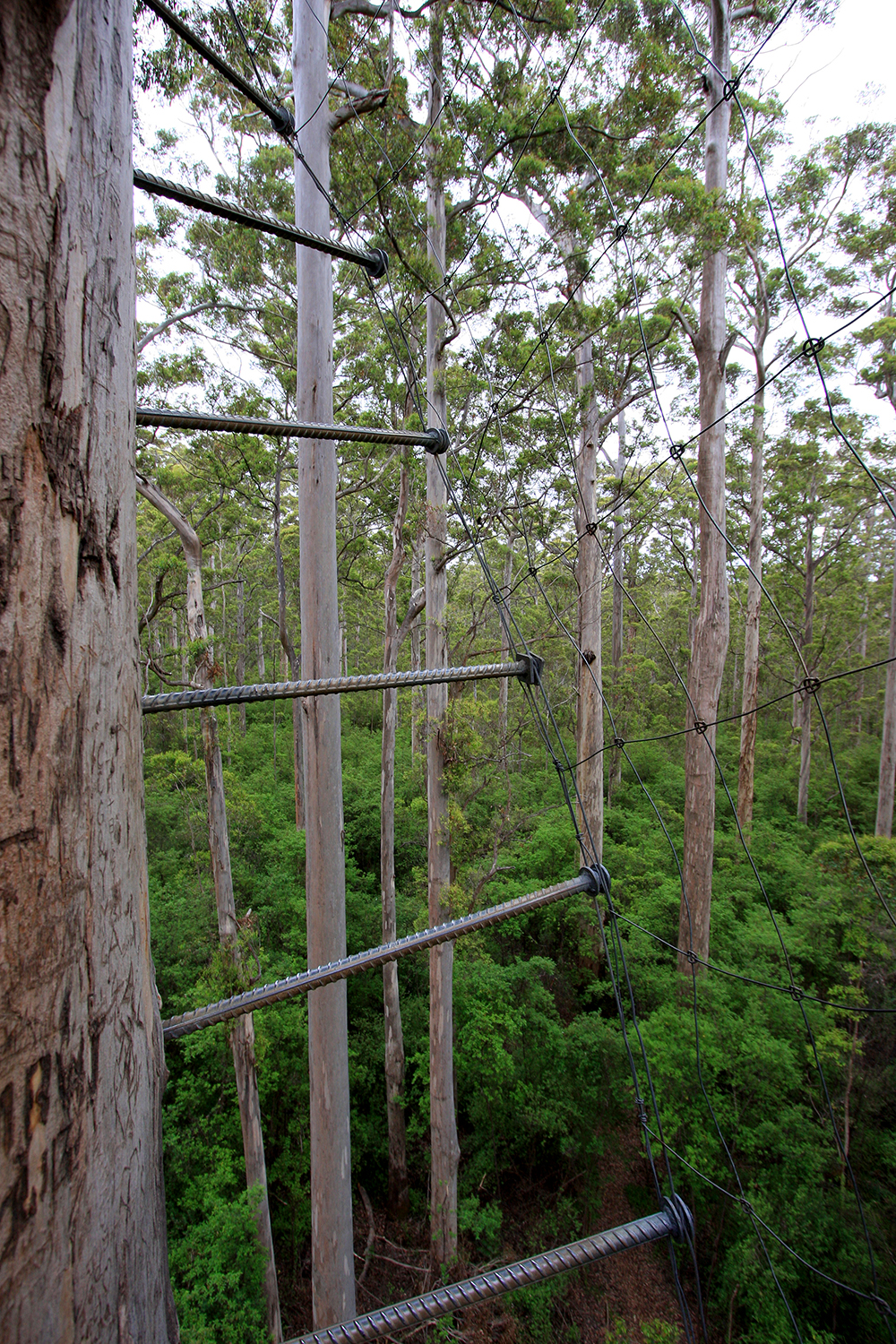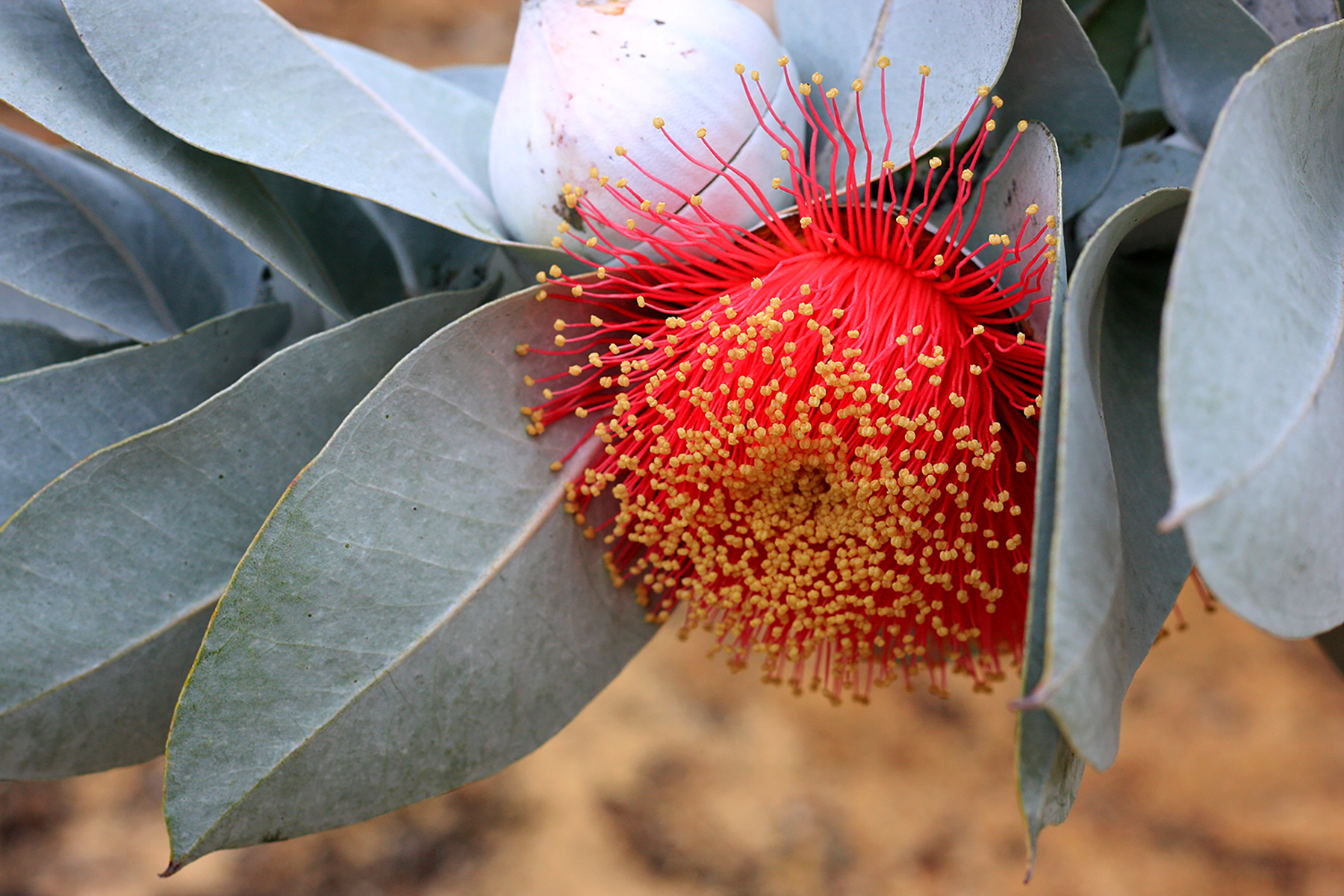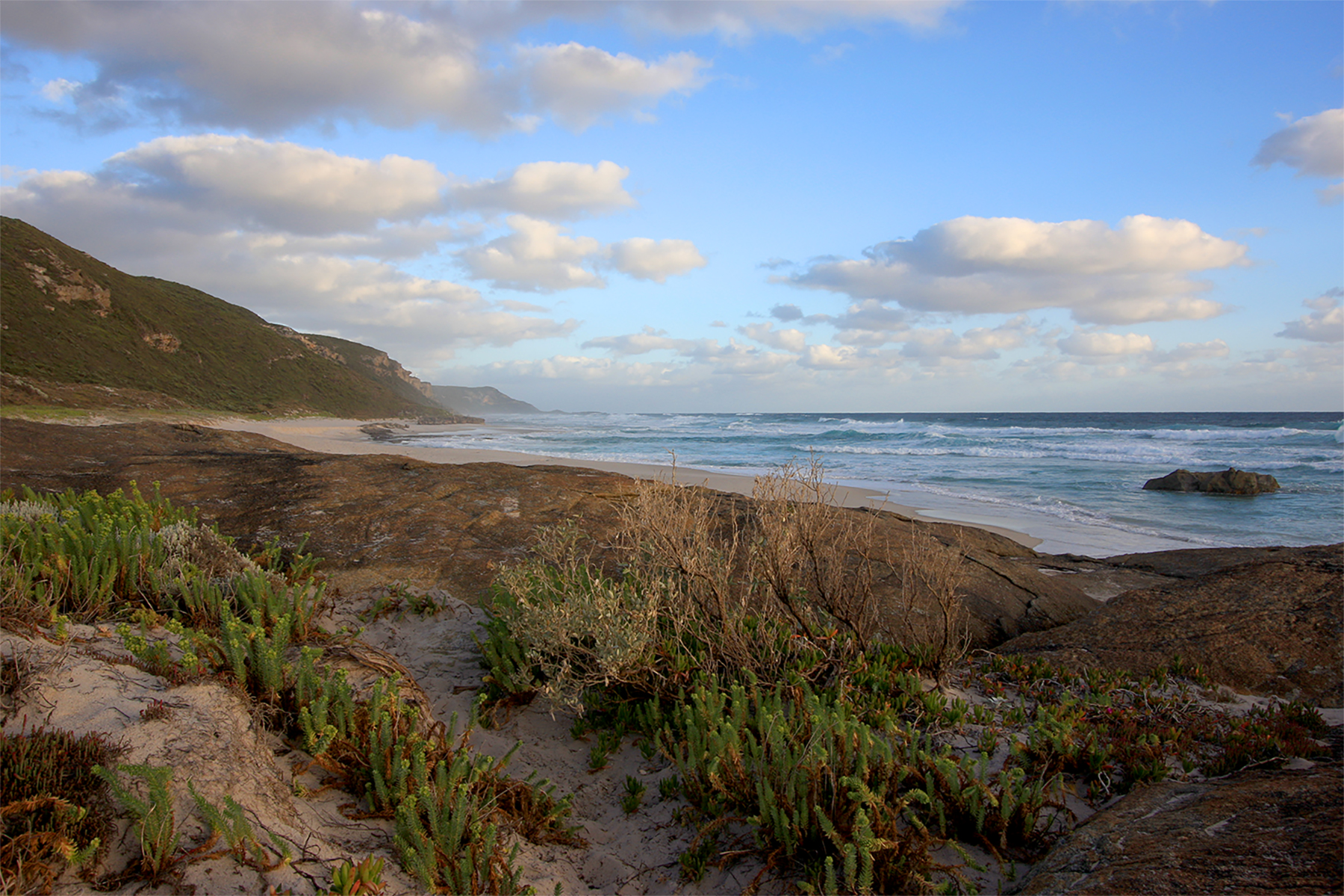We have definitely reached that point in winter when no amount of snowdrops can make up for the irrationally crushing feeling that spring will never come. The incessant rain, which started in September and never really stopped, and dark, sunless days have left me craving color and bloom. So let’s take a little trip back to summer…
In late June last year my husband and I drove up to Gloucestershire to stay with my friend Simon and his fiancé Teresa. Not only do they live in one of my favorite British villages, they are also lucky enough to be just a few minute’s drive from some world-class gardens. My husband used his National Trust connections to get us into one of them, Hidcote, before it opened to the public.
Hidcote is similar to Sissinghurst in its fame—and the hordes of visitors it attracts—so it was a special treat to see it empty and quiet as I imagine it would have been when it was when originally created by Lawrence Johnston in 1910. Also like Sissinghurst, Hidcote comprises a series of ‘garden rooms’ that interconnect various planting areas. This was my second visit to the garden—the first was in 2015 while on an early spring study tour with my class from the Royal Botanic Garden Edinburgh. I admit I liked the garden better this time around, probably because in late June it was fuller and more floriferous, with roses really stealing the show.
There’s a lot to take in at Hidcote, and so many compelling views and plant combinations. Some that particularly caught my eye are below.


